- ~ Home
- ~ Caminos Teresianos (The Way of St. Teresa)
Jump to Camino Teresiano Stages
The Camino Teresiano or The Ruta Teresiana
~ St. Teresa's Way, from the Cradle to the Grave
Disclosure: the PilgrimageTraveler.com is an associate of Booking.com, Roamless, and Amazon. As associates of these merchants, we earn from qualifying purchases from our links.
Last updated:
The Camino Teresiano, from "The Cradle to the Grave" (De la Cuna al Sepulcro), is a historic four to six day walk, celebrating the life of St. Teresa of Ávila, from her birthplace in Ávila, Spain to her burial place in Alba de Tormes, Spain.
This short Camino traces a path through the area where she did her saintly work, along with her contemporary mystic, St. John of the Cross.
This route is also known locally as the "Ruta Teresiana" the feminine version of the name, so it can be a bit confusing.
“Let nothing disturb thee;
Let nothing dismay thee:
All things pass;
God never changes.
Patience attains
All that it strives for.
He who has God
Finds he lacks nothing:
God alone suffices.” ~ St. Teresa of Ávila
🙋♀️ Why Trust Us at the Pilgrimage Traveler?
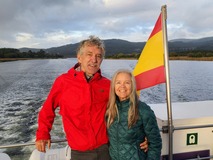
We’re not a travel agency ~ we’re fellow pilgrims! (See About Us)
We've trekked Pilgrimage Routes Across Europe since 2014!
💬 We’ve:
- Gotten lost so you don’t have to. 😉
- Followed waymarks in the glowing sunlight, the pouring rain and by moonlight. ☀️🌧️🌙
- Slept in albergues, hostels & casa rurals. Ate and drank in cafés along the way. 🛌 😴
- Created comprehensive and downloadable GPS maps and eBook Guides, full of must-have information based on real pilgrimage travels. 🧭 🗺️
- Shared our complete journeys, step by step to help YOU plan your ultimate pilgrimage and walk with your own Heart and Soul. 💙✨
Every detail is from our own experiences. Just fellow pilgrims sharing the Way. We have added a touch of spirituality, heartfelt insights and practical guidance from the road ~ offering a genuine connection to the spirit of pilgrimage. Tap into the wisdom of seasoned pilgrims!
Ultreia and Safe Pilgrimage Travels, Caminante! 💫 💚 🤍
Who is St. Teresa of Ávila?
St. Teresa of Ávila was a Spanish mystic and Carmelite nun, also known as Saint Teresa of Jesus (Santa Teresa de Jesús) who lived from 1515-1582 in the province of Ávila. She established many Carmelite convents in the area, which are standing and in use to this day.
St. Teresa is considered to be a reformer of the Carmelite order from what it had become in the 16th century and the foundress of a new order called the "Discalced Carmelites" or the "Teresians." Her intent was to reform the order, back to its original 12th century roots.
The term "discalced" was used as a derivative of the Latin word for "without shoes," since the Carmelites would go barefoot! The emphasis for the new order was to return to strict seclusion, radical poverty and contemplative prayer. (Taken from the webpage, The Cloistered Life/Carmelites.
Together with her male mystic counterpart, St. John of the Cross, they also reformed the Carmelite friars of the time. For a more complete treatise on the history of the Carmelites, please see their official webpage.
Her many literary works are still pertinent for today, including "The Way of Perfection" and "Interior Castle." These texts are still used by spiritual directors for those seeking a contemplative spiritual path.
St. Teresa thrived in the harsh environment of the Spanish Inquisition, where many non-conformists were brutally put to death, yet her works were venerated. Her faith and her strength are remarkable. Yet when you read about her and her simple life, you find that she was very humble and felt unworthy because of her self-proclaimed, many sins!
St. Teresa was said to have levitated during prayer, as recorded in her biography and witnessed by the sisters. You may reference the Deep Trance website for excerpts from St. Teresa regarding her states of rapture. She felt tortured by this gift from God, and when she felt it coming on, she would request her sisters to hold her down!
I have been reading and studying her works and the layers are many, not to mention the difficulties in the translation of her mystical words from Spanish into English. This English is hard to read and understand, for me at least.
For more information on the saint's life, you may wish to click here, a catholic website that gives a very nice summary.
It is because of St. Teresa of Jesus, that I chose to walk the Camino Teresiano. I was hoping to touch the spirit of her, deepen my own contemplative practice and find a new spirituality in walking.
Jump to Camino Teresiano Stages
General Information and My Personal Recommendations for the Camino Teresiano
Prior to our Camino, I was chatting online with an English pilgrim who had done the northern Ruta Teresiana. He gave me lots of recommendations, on short-cuts (which I never take), albergues, food and such. He described this Camino as a "proper adventure." And I certainly agree, it is!
For reasons which I shall describe next, I would not recommend this route for the first-time pilgrimage traveler. It is just too difficult for many reasons.
The first reason is that this is truly a solitary walk. Unless you wish to be entirely alone, you will see very few, if any pilgrims. We saw some cyclists briefly, but absolutely no other pilgrims in September, one of the most popular walking months. Do not do this Camino alone, unless you thrive on solitude.
The second reason is that absolutely no one we met in this incredibly rural, farm country could speak a word of English! I had to take my Spanish to a whole new level on this journey. But everyone was so amazingly kind to us, that smiles and gestures for the adventurous, non-Spanish speakers, would get you very far! Just understand that it will be more difficult if you know no Spanish.
I only encountered one tired young female bartender, who when I requested that she speak her Spanish slower, she talked even faster! She was not going to accommodate a Gringa!
The third reason this Camino is more difficult is that the distances between towns are great and the services very limited. A pilgrimage traveler needs to be prepared and absolutely must plan ahead. Plus lots of water must be carried as this area can be very hot, even in September when we walked.
You will be walking through the open countryside of the northern sub-plateau of Castillo y León, otherwise known in Spanish as the Meseta! It is like walking the French Way on the meseta, but without amenities!
The fourth reason is that there is almost no WiFi anywhere! Not in towns, not in bars and not in albergues! If you do not have data, you are essentially disconnected from the world. This is not a good set-up for a solitary pilgrim. I love my GPS tracker, my maps and staying connected, so we were fine with a beforehand purchased Spanish SIM card.
The country folk were so friendly, and very astonished whenever we revealed that we were from the USA. Their demeanor would instantly change when they learned we were pilgrims on the Camino Teresiano! They would fuss over us, and say how far we had come and go out of their way to help us!
Fortunately, very few cared or wished to speak about politics, although we did encounter this several times. At those times, we just stated that we don't speak of politics when on a pilgrimage!
These people that you will encounter are real. They care about nothing other than to see you face to face as a fellow human being and learn who you are. At least, this was my experience. When you are respectful and real, this is what you receive in return. Plus the people of the land are just different and move to the rhythms of the Earth.
Therefore, if you have an adventurous heart, whether or not you speak any Spanish, if you have done at least one pilgrimage and you are sitting on the fence trying to make a decision about this route, I would say to you, "Just go for it!'
Jump to Camino Teresiano Stages
🌍 Interactive Map of the Caminos Teresianos, St. Teresa's Way
Here are the GPS tracks of the Ruta Teresiana. There are actually two routes on this Camino, the Northern and the Southern, that branch in the town of Mancera de Abajo, on day three or four. The two Caminos Teresianos re-join in Garcihernández for the same destination of Alba de Tormes.
The southern route, shown below in blue, and the one that we walked in four days, is a total of 106.6 kilometers (66.2 miles) and the northern alternative shown in orange, is slightly longer at 117.2 (72.82 miles).
While this Camino is not an official Camino de Santiago, you can easily connect it with the Via de la Plata, starting in Salamanca, just 23 km to the west of Alba de Tormes. This is what we did.
In fact, there is a lovely walking path, called the Camino Natural Via de la Plata, connecting the two cities. The Camino Natural Via de la Plata follows an old railroad bed, for an elevated, level and easy walk between Alba to Salamanca to join the VdlP. This leg we walked is also in orange on the map below, the section from Alba de Tormes to Salamanca.
Also, of note, the first stage from Ávila to Gotarrendura is shared with the Camino Levante, one of the longer Caminos from Valencia to Santiago, at approximately 1200 kilometers. It is on this first stage that you will see the most pilgrims.
Here is the map of the Caminos Teresianos from the official tourist page of the Diputación of Ávila. You can see all the attractions and amenities along the route that have been placed on the map.
The tourism offices in the provinces of Ávila and Salamanca promote this area and these routes, as well as the Junta de Castilla y León. The towns of Ávila, Alba de Tormes and Salamanca are heavily touristed by non-walking-pilgrims, as you might expect, but the pilgrimage route itself we found to be totally solitary as mentioned before.
As you can see from the elevation profile below, also from the tourist office, the Camino Teresiano routes are essentially flat! The start in Ávila is at approximately 1200 meters, followed by a nice downhill of almost 300 meters on the first stage to Gotarrendura. From there it is an essentially level Camino all the way into Alba de Tormes, at approximately 900 meters.
I was looking forward to my first easy Camino, hoping that it would be a great warm-up for the Via de la Plata and the Camino Sanabrés to follow.
This Camino is filled with long distances through grain fields as the pilgrim walks from small town to small town, through this high and semi-arid central plateau of Spain, called the Meseta. This area is the breadbasket for Spain, and the solitude of the fields, I hoped would give me a new appreciation for the Spanish baguette.
I was anticipating a hot and dry walk, so I planned for the more seasonable weather in the fall, with perhaps hot days, but at least cool nights. This is exactly what we got in late September; hot, dry and sunny days, into the 80's F (mid-high 20’s C), with cool nights, just below 50 F (10 C).
This near-perfect weather was fabulous for trying the Verdejo white wine, a specialty of the area, recommended to me by other pilgrimage travelers, chilled and refreshing after a long day's walk!
👣 Caminos Teresianos EBook
Walk smarter with our ad-free, beautifully formatted and downloadable Caminos Teresianos Guide in PDF Format ~ perfect for offline use in the remote areas along the Way. Includes daily stage details, alternative routes and stunning photos! Our eBook Guide is unique because we also entertain and immerse you with our story!
Don't carry a heavy guide book to increase your pack weight. Use our digital guides on your next Camino instead! Now you can walk with clarity and confidence through the high plains of central Spain!
📲 Instant download. 💸 Money-back guarantee. 🔄 Free updates for 1 year.
👉 Click here for more info or BUY NOW!
Jump to Camino Teresiano Stages
Unique Waymarking
There are also unique concrete waymarks to guide you, as shown below. In the photos, the name of the destination town of "Alba" is included on the concrete waymark as well as the emblem of the Camino Teresiano, carved into the concrete and the direction of travel.
You can walk this Camino in the opposite direction, and if you do, "Ávila" will appear on the opposite side of the waymark!
Unique Credential and Certificate of Completion
There is a unique pilgrim's passport, also known as the credential. It can be purchased at the Visitor Reception Center of Avila (Av. Madrid, 39, 05001 Avila, tel 920 35 40 00) and in Alba de Tormes (Castle of the Dukes of Alba, c / Castillo, s / n). Or you can download it here and print it out for yourself!
I would highly recommend that you print it out for yourself, as several pilgrimage travelers have told me it was not available when they inquired. This is what we did, so we were ready to go! We used heavy paper and colored ink, and the results were perfect! Here is my completed, stamped version!
This is the only pilgrimage route that I know of that will issue you a certificate of completion, called the "La Andariega," whether you journey by foot, by bicycle, on horseback, or by automobile! How interesting is that?
According to the Caminos Teresianos website, you can get your Andariega at the same place you can purchase the credential, at the Visitor Reception Center of Ávila (Av. Madrid, 39, 05001 Ávila, tel 920 35 40 00) and in Alba de Tormes (Castle of the Dukes of Alba, c / Castillo, s / n), depending on your direction of travel. It looks like this:
However, in actuality, at the end of our Camino when we asked about the Andariega at the Museo Teresiano, in the heart of the Plaza Santa Teresa, in Alba de Tormes, the kindly priest explained that all that was available was this "diploma," shown below! Good enough for me!
The diploma has, from top left, a photo of the tomb of St. Teresa, top right, an image of her, and on the bottom images of relics from the saint; her heart, below left, and her arm, below right, in the decorative jars. You can see all of these items in Alba de Tormes, in the Madres Carmelitas Descalzas church in the square.
Roughly translated, the first quote says "In these times, strong friends of God are needed." And the quote on the bottom, is the same quote I used at the beginning of this article, her famous words of needing nothing but God.
Unfortunately, the diploma does not certify completion of a walking pilgrimage, but that a pilgrimage to the tomb of St. Teresa de Jesús has been completed. But it is a wonderful diploma, nonetheless.
Jump to Camino Teresiano Stages
Resources for the Ruta Teresiana
The best resources I have found for more information are the official Caminos Teresianos and the Ruta Teresiana websites, both in Spanish.
As you will see, if you continue reading this website, through each day's link below, the towns along this route also post information on billboards, regarding the services it provides. I, however, found some of the information to be inaccurate and/or a bit out of date. Alas, all Caminos are fluid things!
I have made every attempt to bring you the best information possible regarding this route, in English. As far as I know, this information is the only one of its kind! I hope that by educating you, this route will become more popular, and we will bring revitalization to this farm-land area. They sorely need it!
You will not regret walking this route. It is a fascinating walk through time, celebrating the amazing life and accomplishments of St. Teresa of Jesus.
If you are looking for accommodation in Ávila, there are so many. On booking.com you can reserve ahead and see the deals for the day. It is easy and convenient. We always like to start out our Caminos in a very comfortable, but inexpensive hotel, and we stayed in the Hostal El Rincón, right in the center of town, next to the town hall.
There is also the Albergue de Peregrinos de Ávila, (+34 699 32 77 92) and the Albergue at the Convento de Santa Teresa. Click on the links for more information.
Salutation
And thus, my Camino Teresiano, having been completed, I will leave you with these thoughts from the Saint herself:
"Christ has no body now, but yours.
No hands, no feet on earth, but yours.
Yours are the eyes through which
Christ looks compassion into the world.
Yours are the feet
with which Christ walks to do good.
Yours are the hands
with which Christ blesses the world." ~ St. Teresa of Ávila
Caminos Teresianos Stages
Please Consider Showing Your Support
Many readers contact me, Elle, to thank me for all the time and care that I have spent creating this informative website. If you have been truly blessed by my efforts, have not purchased an eBook, yet wish to contribute, I am exeedingly grateful. Thank you!
Search This Website:
🙋♀️ Why Trust Us at the Pilgrimage Traveler?

We’re not a travel agency ~ we’re fellow pilgrims! (See About Us)
We've trekked Pilgrimage Routes Across Europe since 2014!
💬 We’ve:
- Gotten lost so you don’t have to. 😉
- Followed waymarks in the glowing sunlight, the pouring rain and by moonlight. ☀️🌧️🌙
- Slept in albergues, hostels & casa rurals. Ate and drank in cafés along the way. 🛌 😴
- Created comprehensive and downloadable GPS maps and eBook Guides, full of must-have information based on real pilgrimage travels. 🧭 🗺️
- Shared our complete journeys, step by step to help YOU plan your ultimate pilgrimage and walk with your own Heart and Soul. 💙✨
Every detail is from our own experiences. Just fellow pilgrims sharing the Way. We have added a touch of spirituality, heartfelt insights and practical guidance from the road ~ offering a genuine connection to the spirit of pilgrimage. Tap into the wisdom of seasoned pilgrims!
Ultreia and Safe Pilgrimage Travels, Caminante! 💫 💚 🤍
Follow Me on Pinterest:
Find the Pilgrimage Traveler on Facebook:
Like / Share this page on Facebook:
***All Banners, Amazon, Roamless and Booking.com links on this website are affiliate links. As an Amazon associate and a Booking.com associate, the Pilgrimage Traveler website will earn from qualifying purchases when you click on these links, at no cost to you. We sincerely thank you as this is a pilgrim-supported website***
PS: Our eBook Guide books are of our own creation and we appreciate your purchase of those too!!
Shroud Yourself in Mystery, along the Via de Francesco!
Walk in the Footsteps of St. Francis, and Connect Deeply to the Saint and to Nature in the Marvelous Italian Countryside!
Need suggestions on what to pack for your next pilgrimage? Click Here or on the photo below!
Find the Best Hotel Deals Using This Tool!
Carbon Trekking Poles ~ My Favorites!
Carbon fiber construction (not aluminum) in a trekking pole makes them ultra lightweight. We like the Z-Pole style from Black Diamond so we can hide our poles in our pack from potential thieves before getting to our albergue! There are many to choose from! (See more of our gear recommendations! )
Gregory BackPack ~ My Favorite Brand
Do not forget your quick-dry microfiber towel!
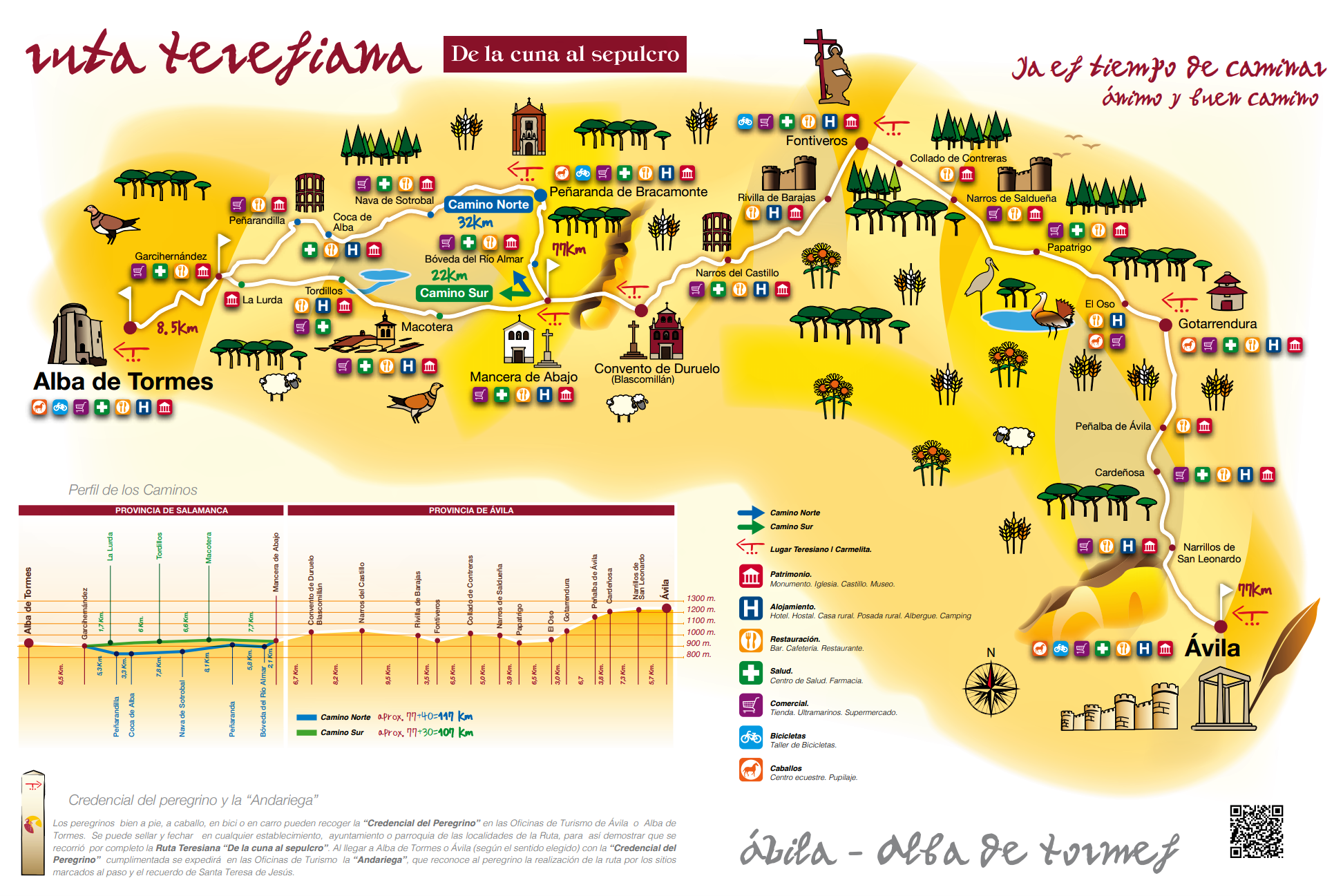
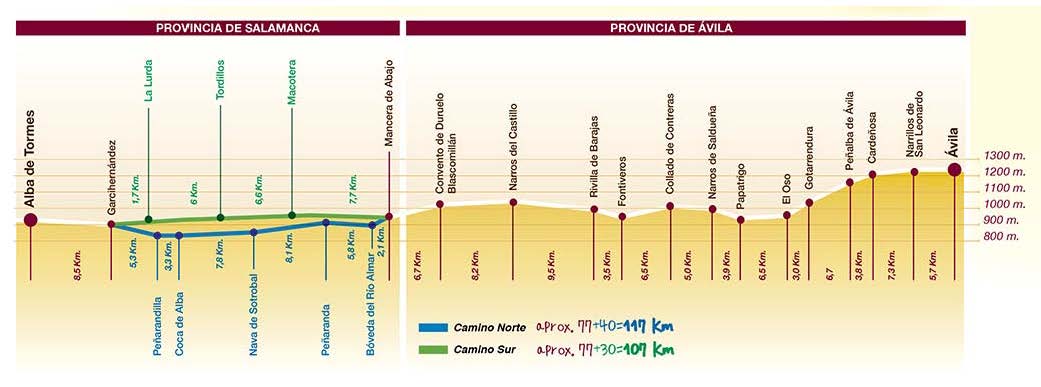
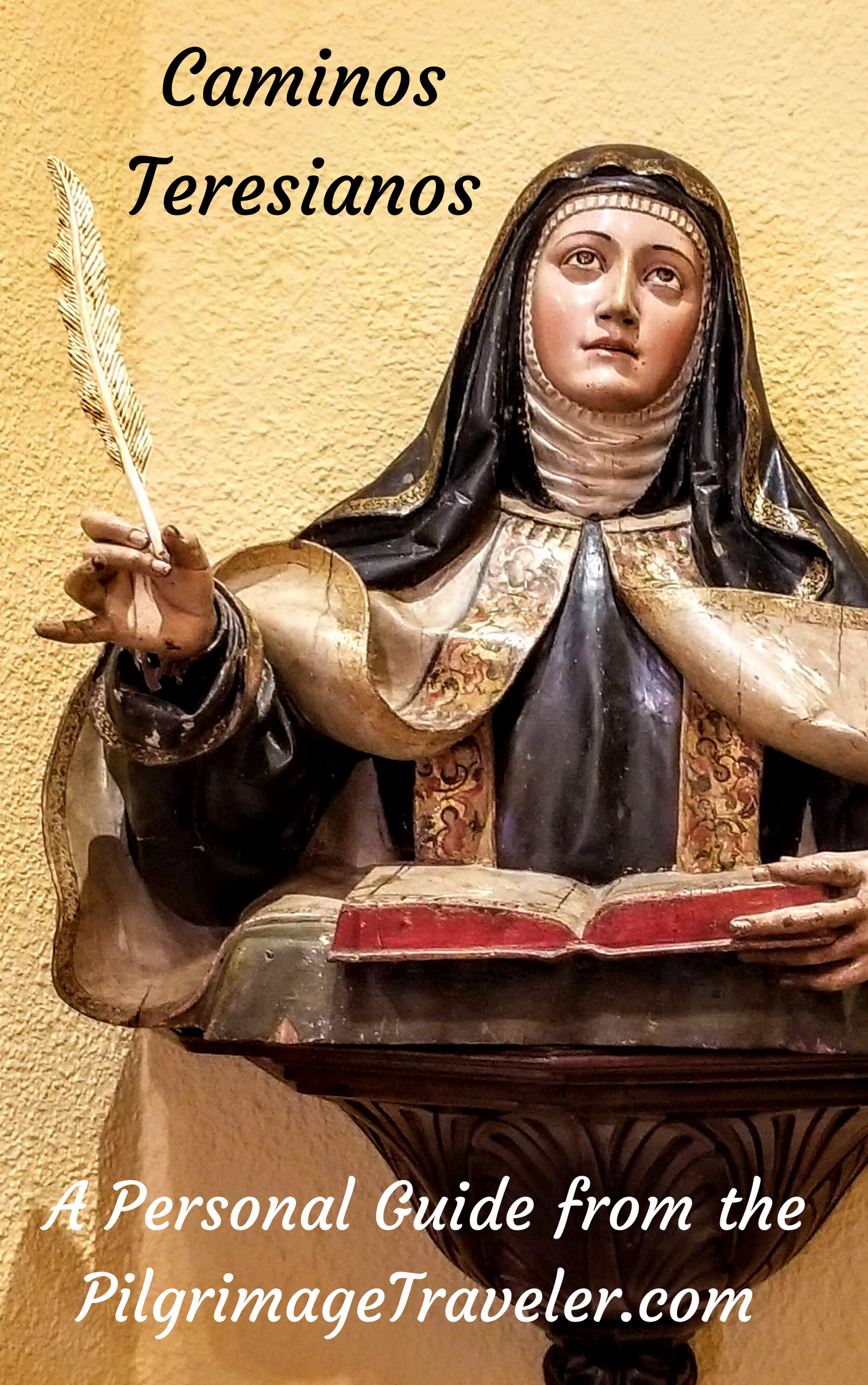

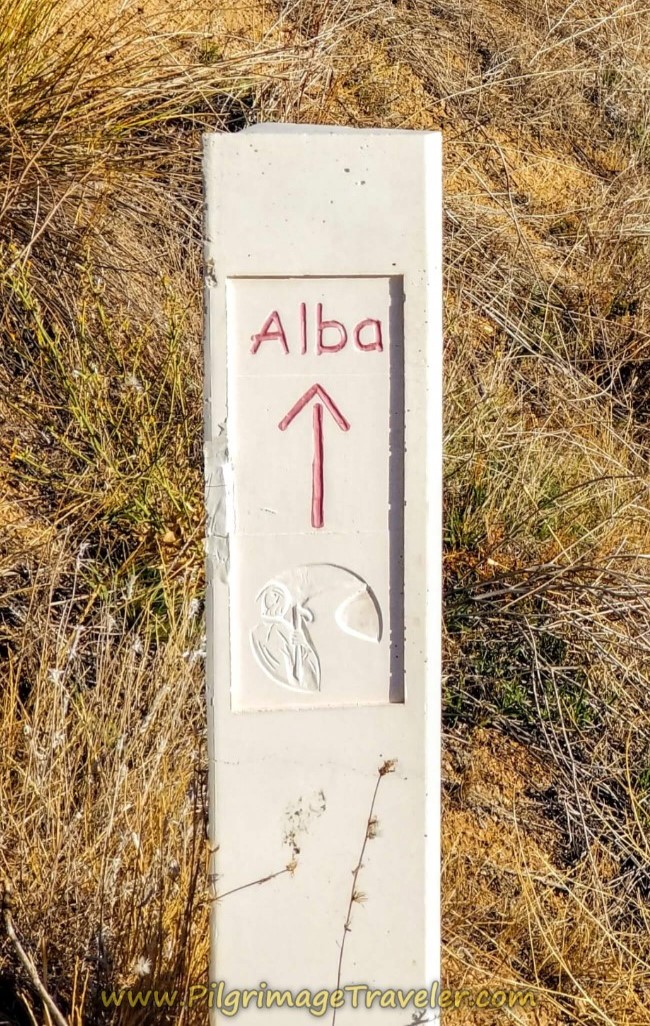
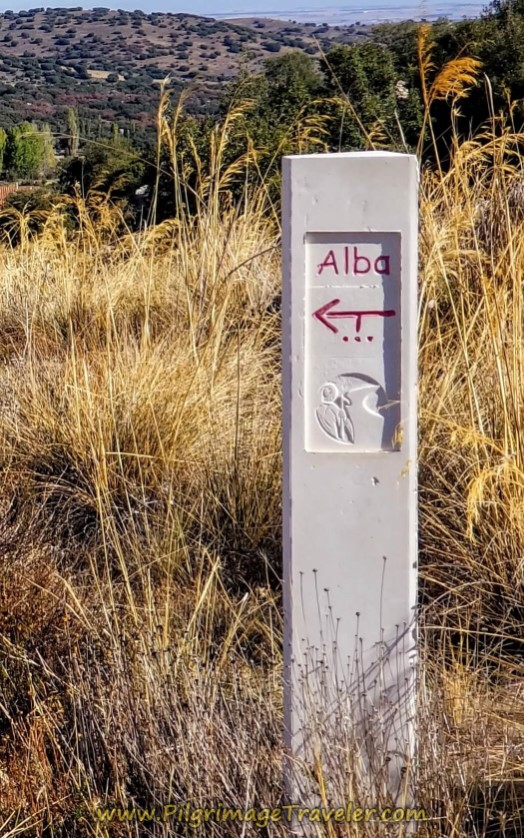
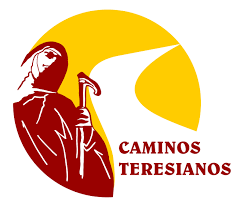
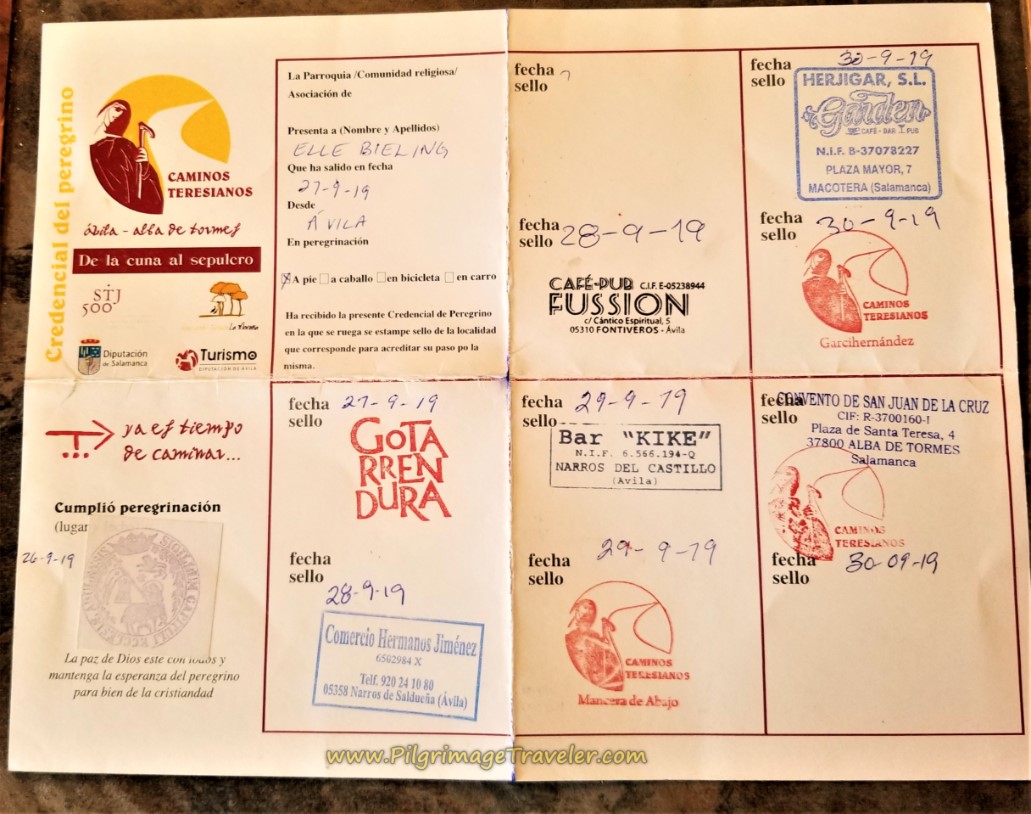
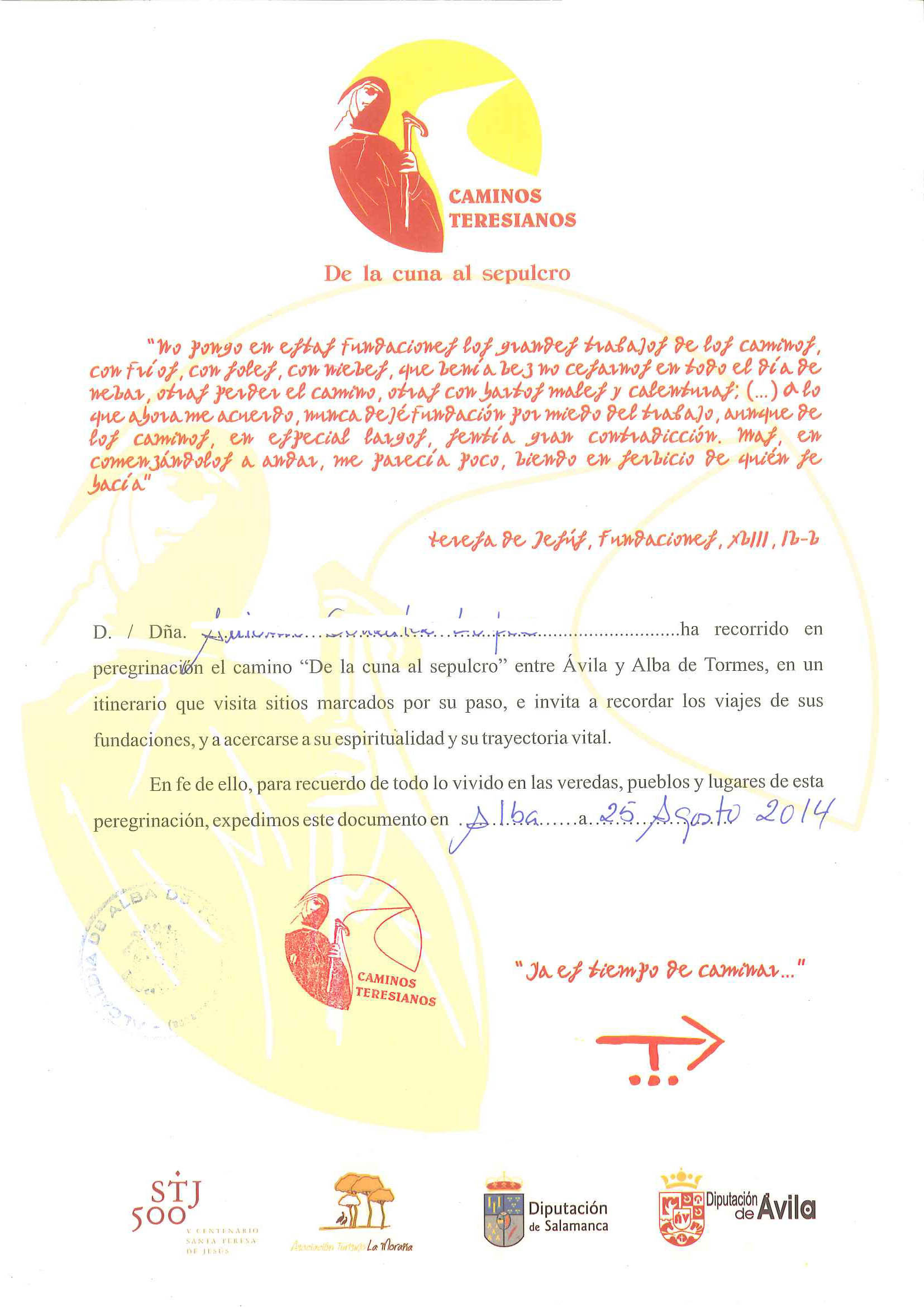
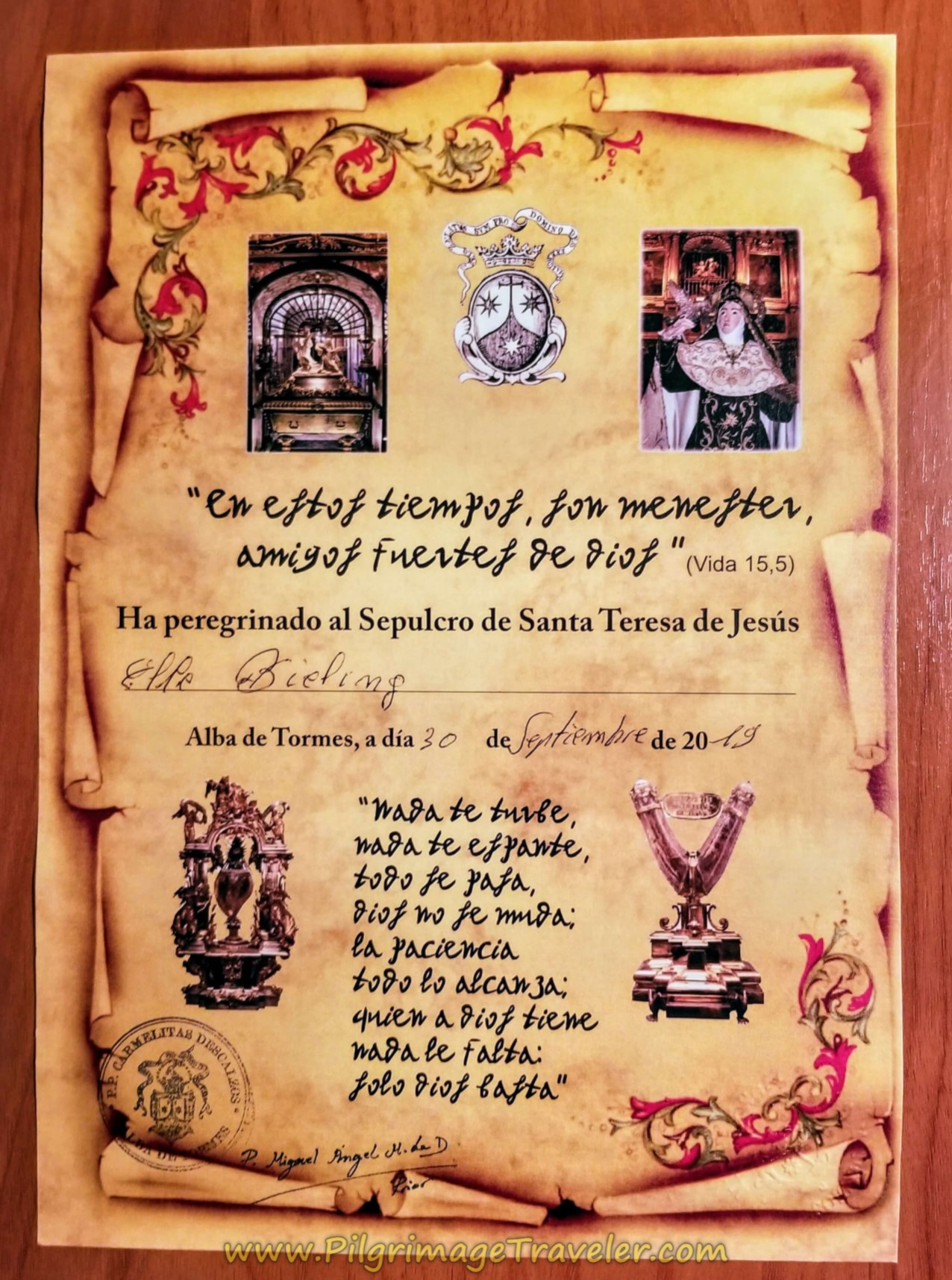
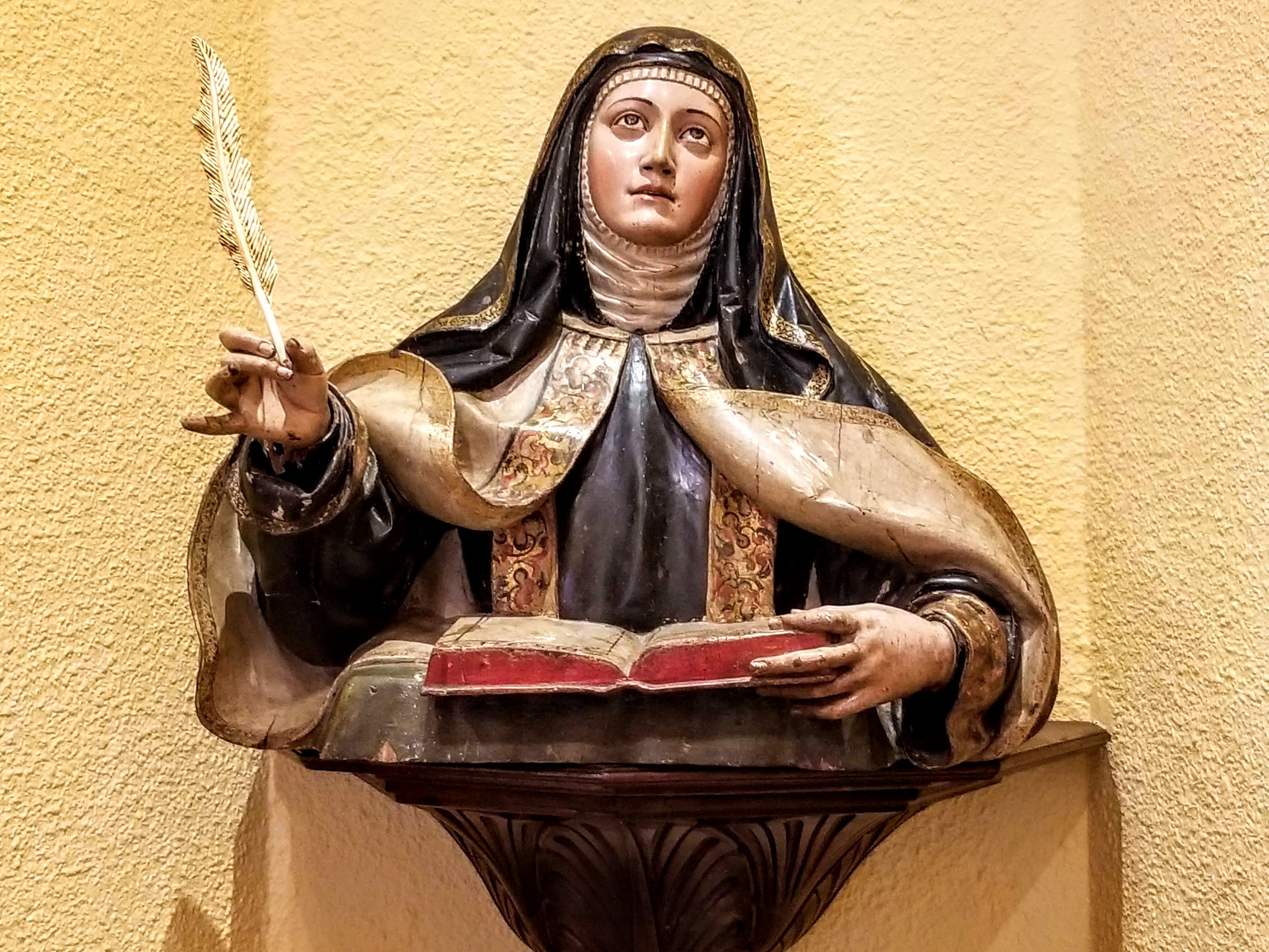
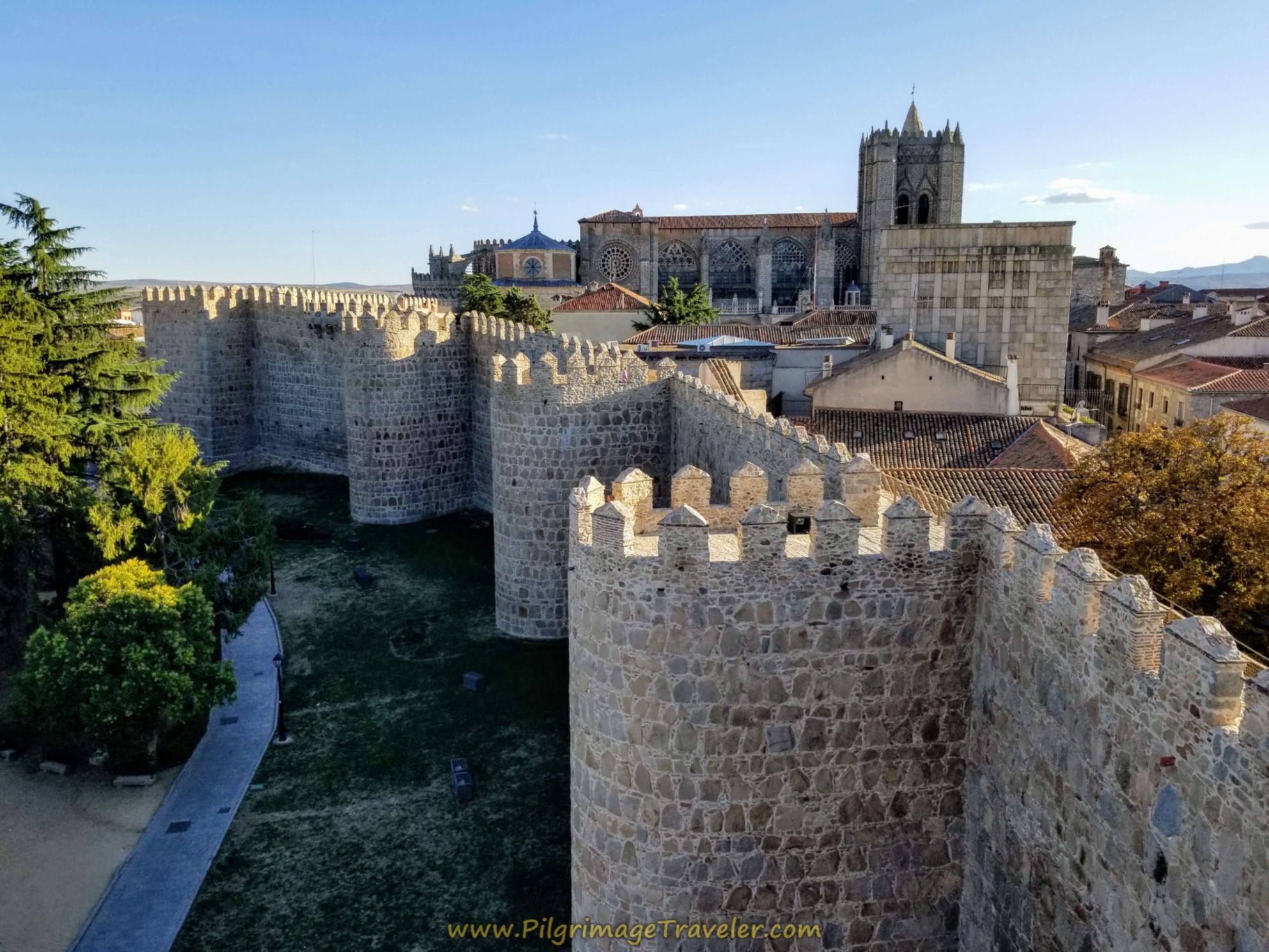
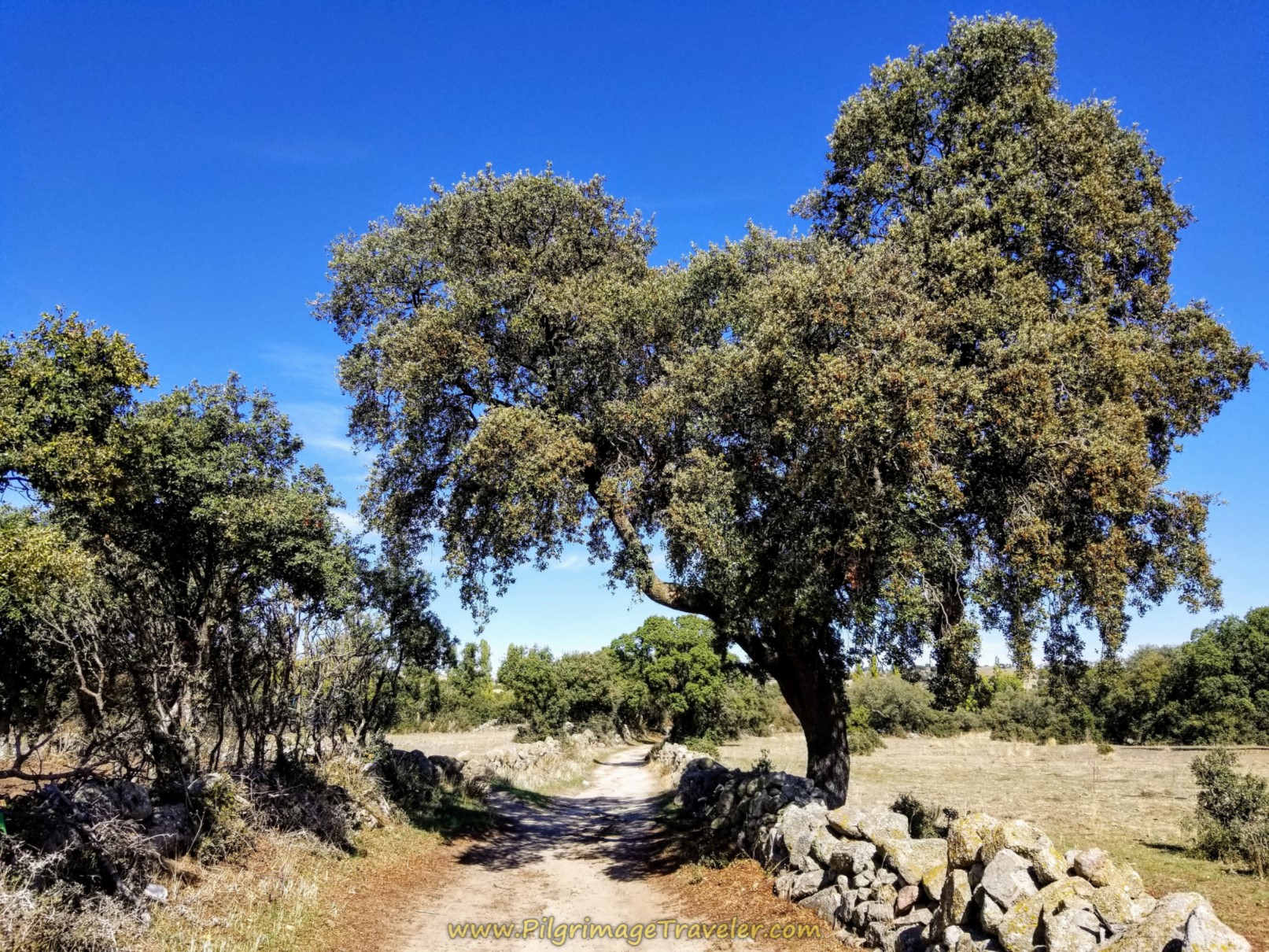
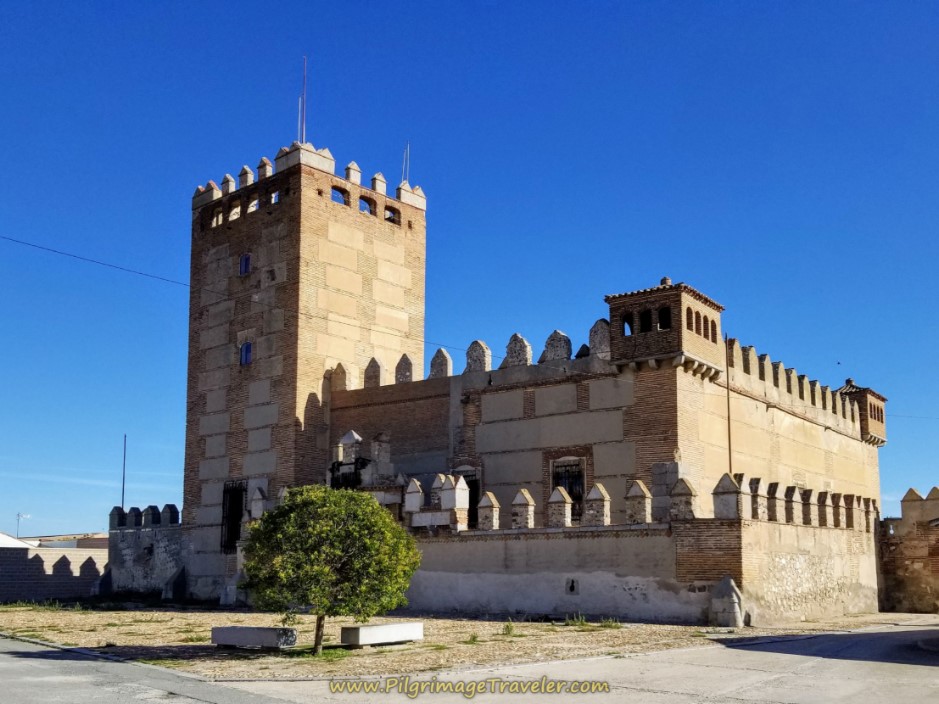
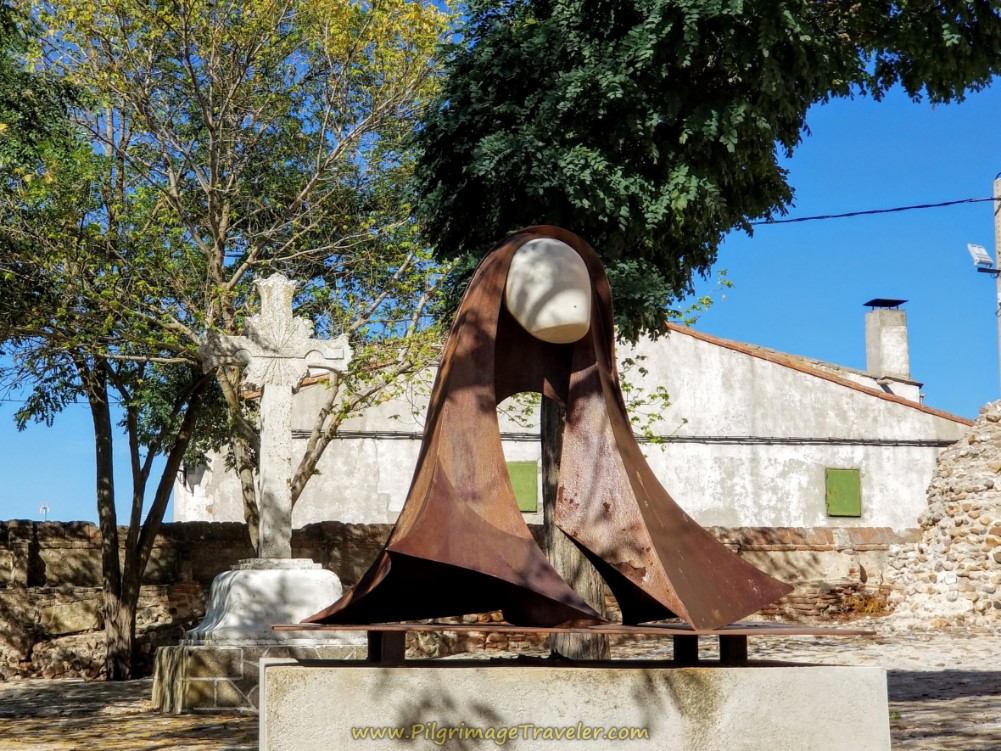
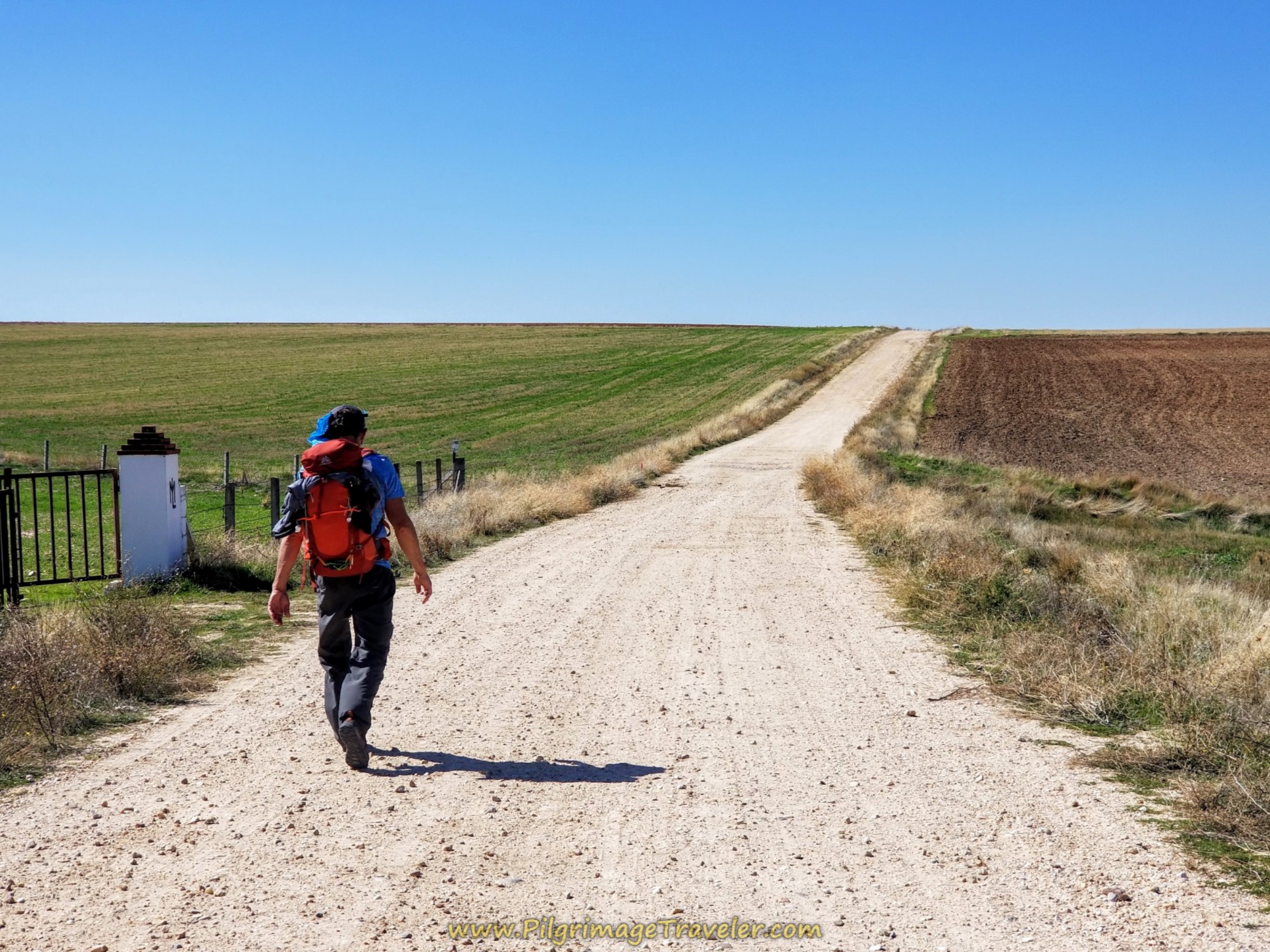
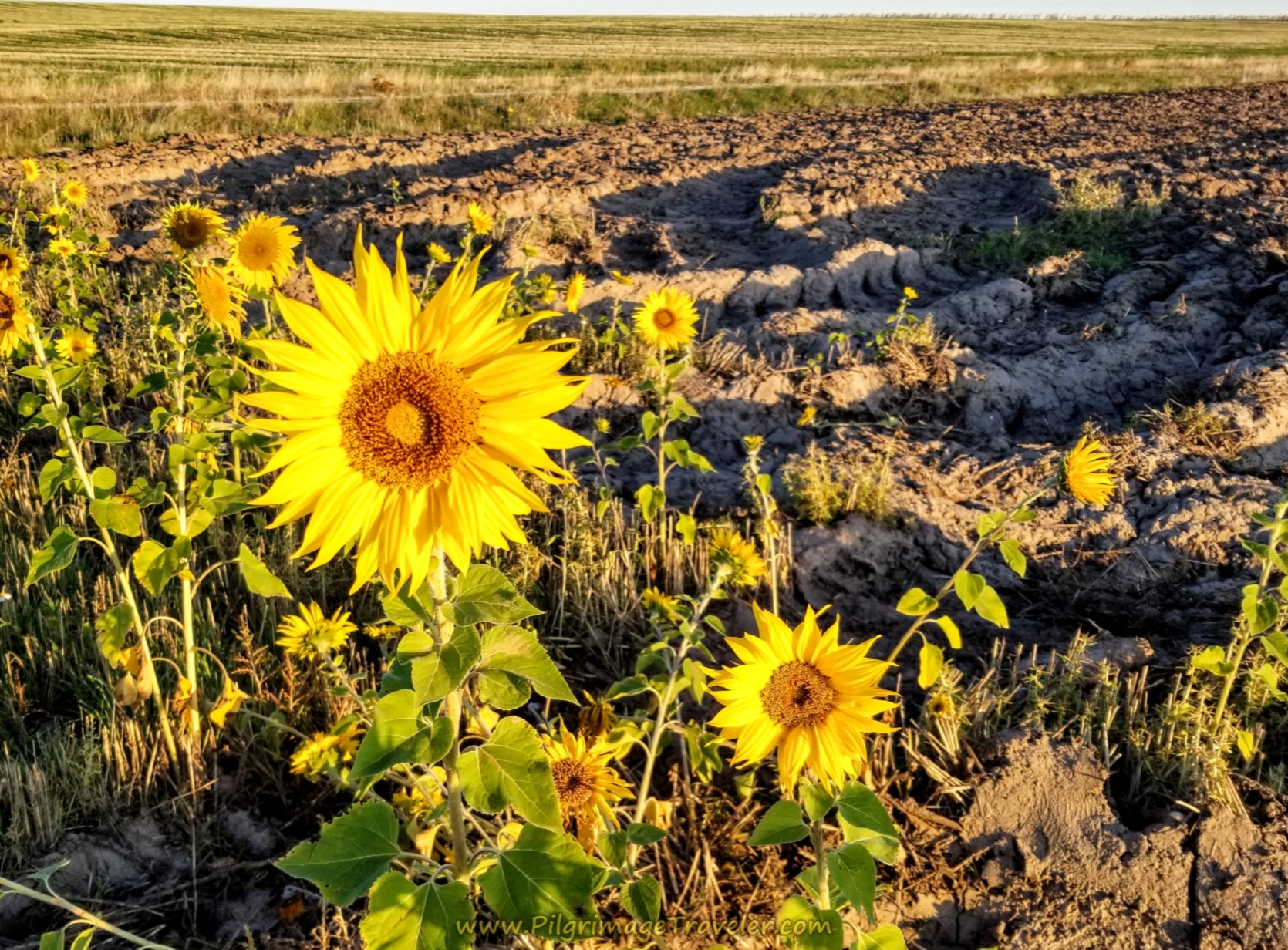
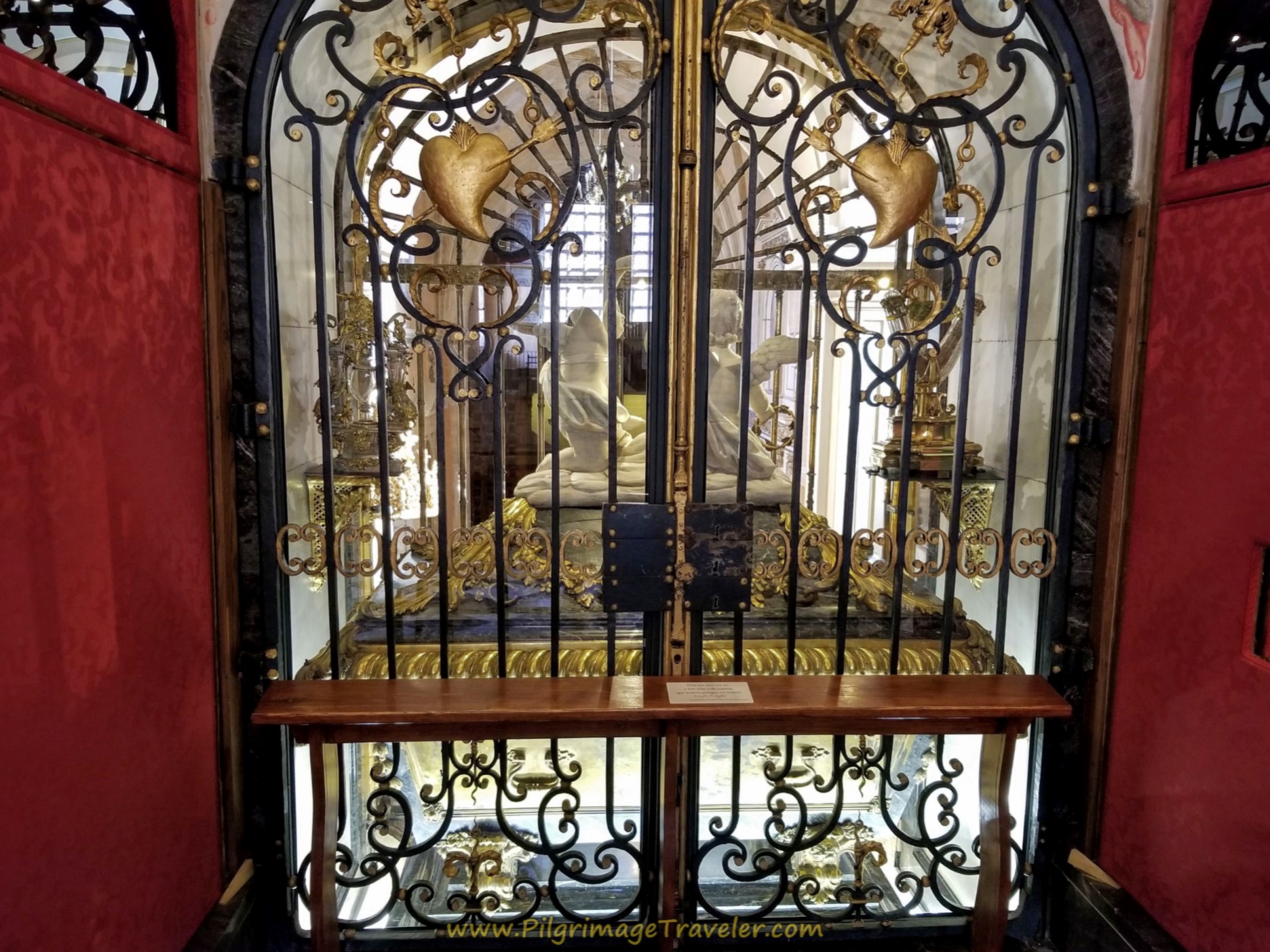
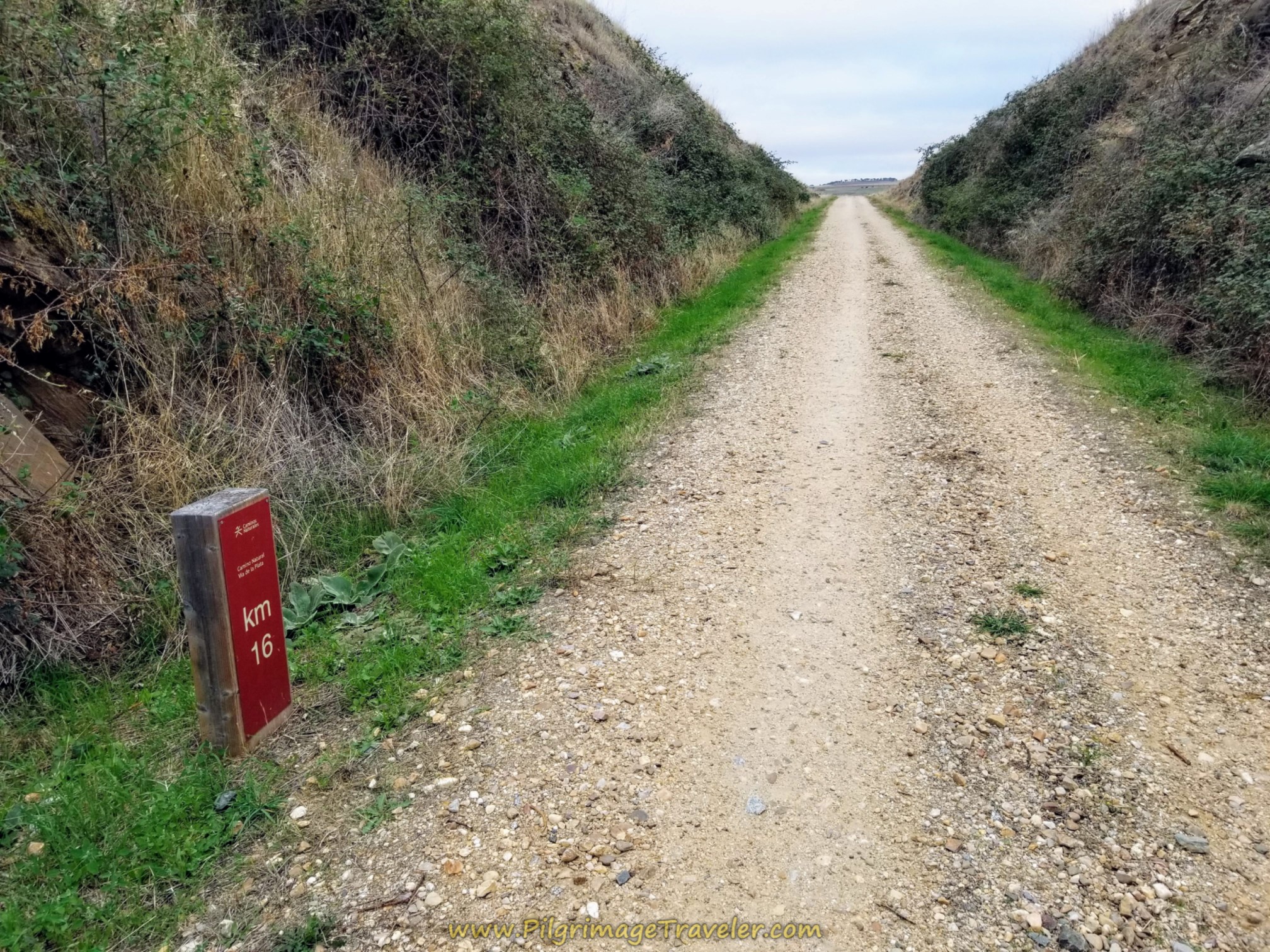
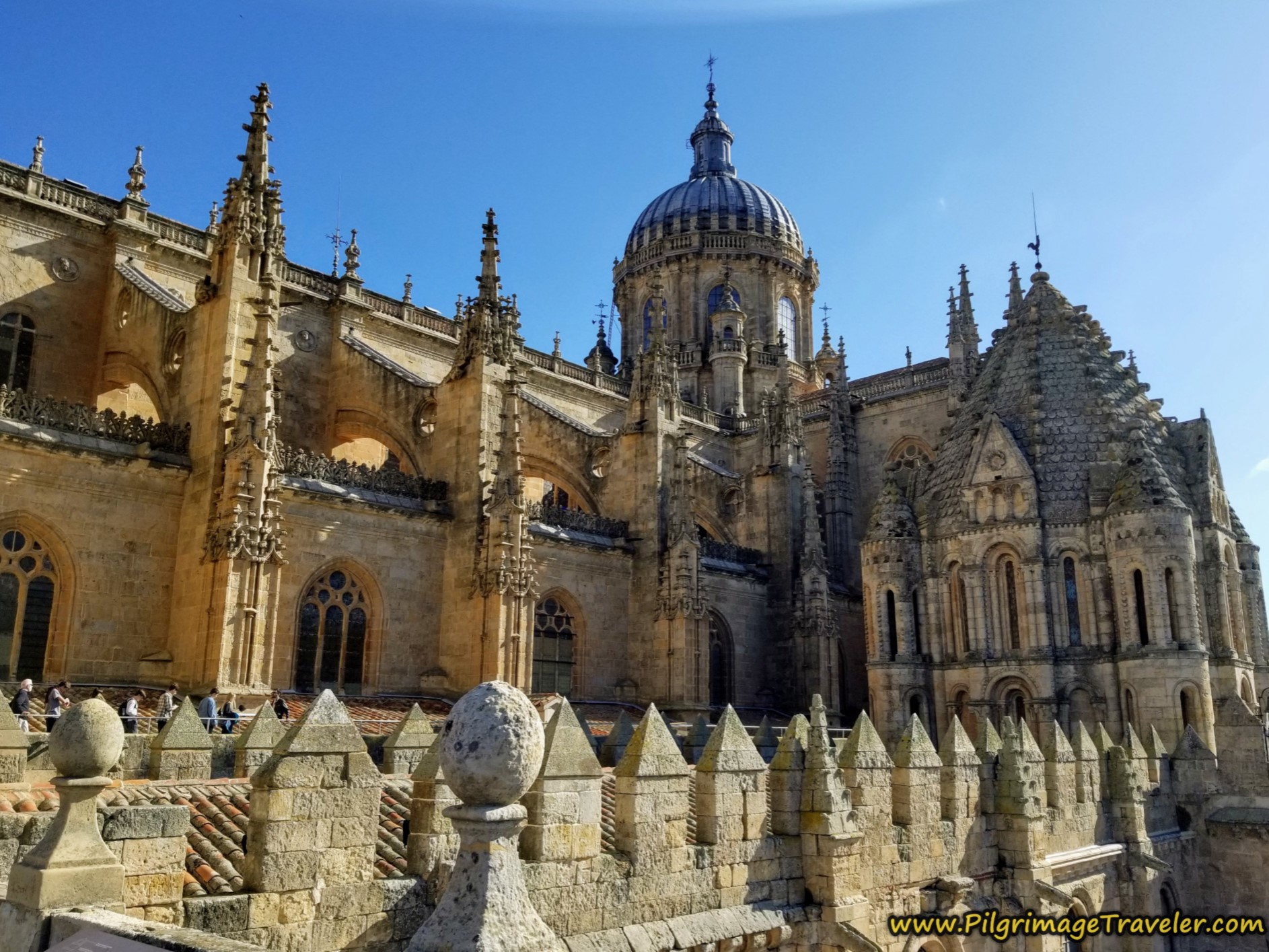
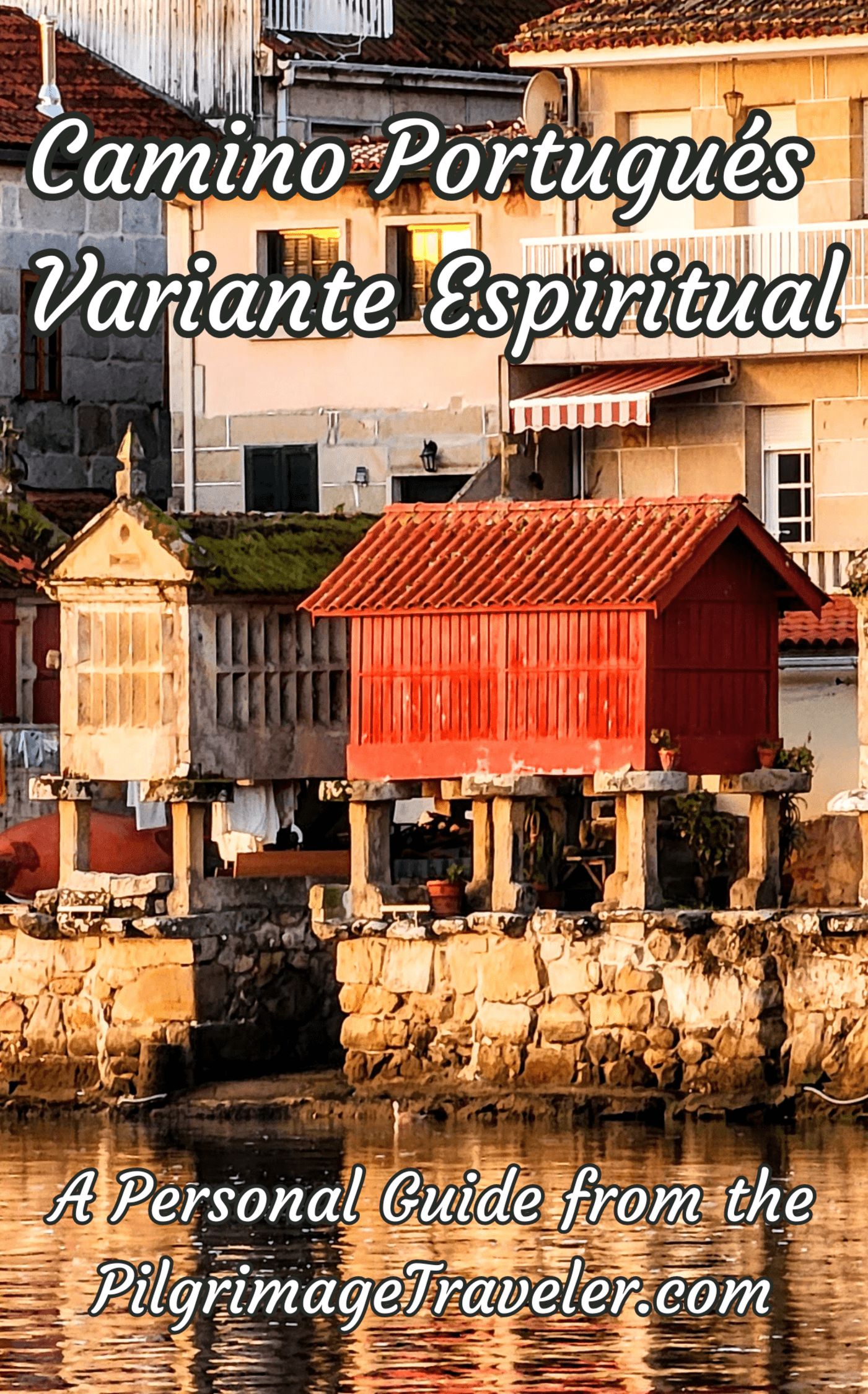
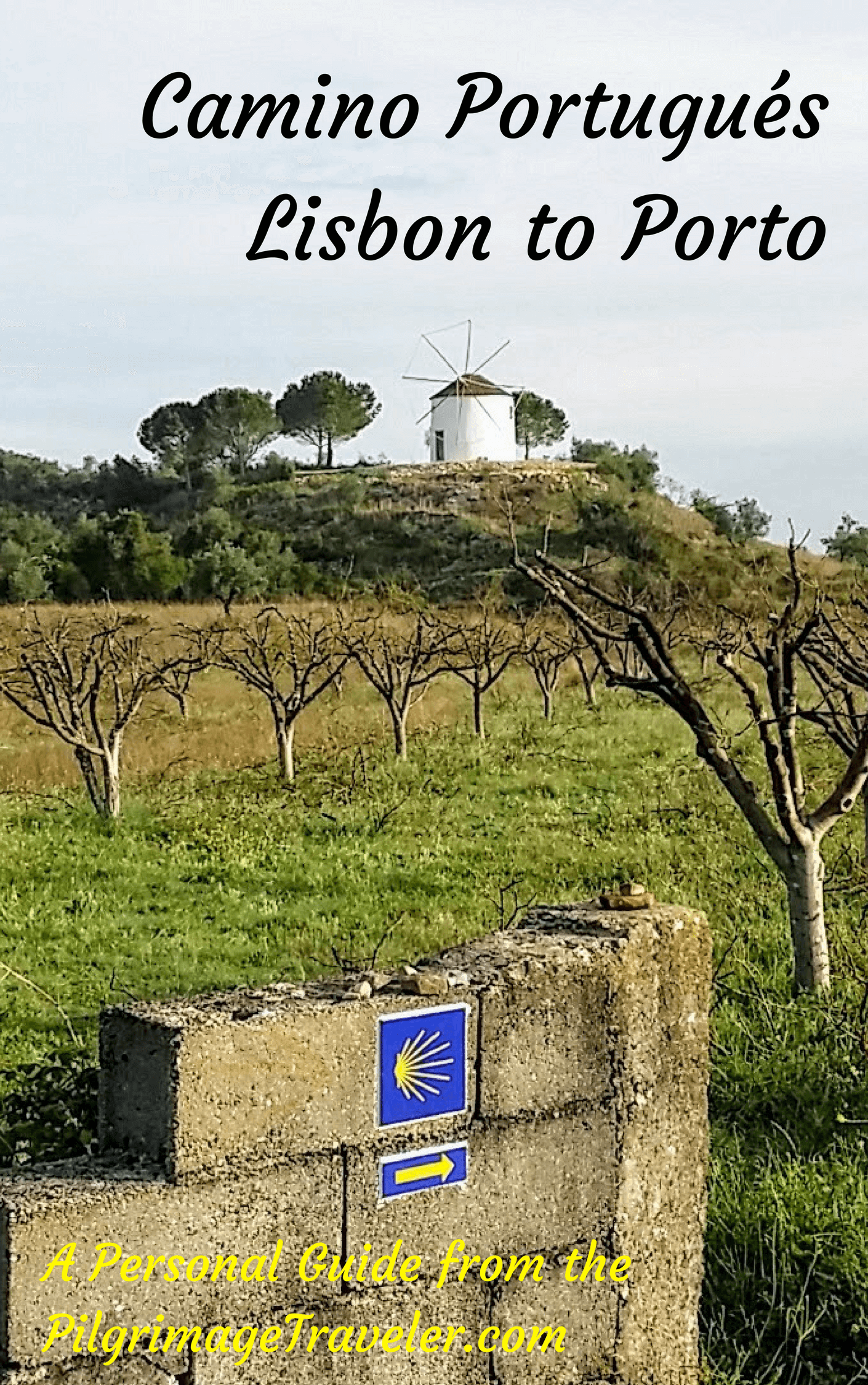
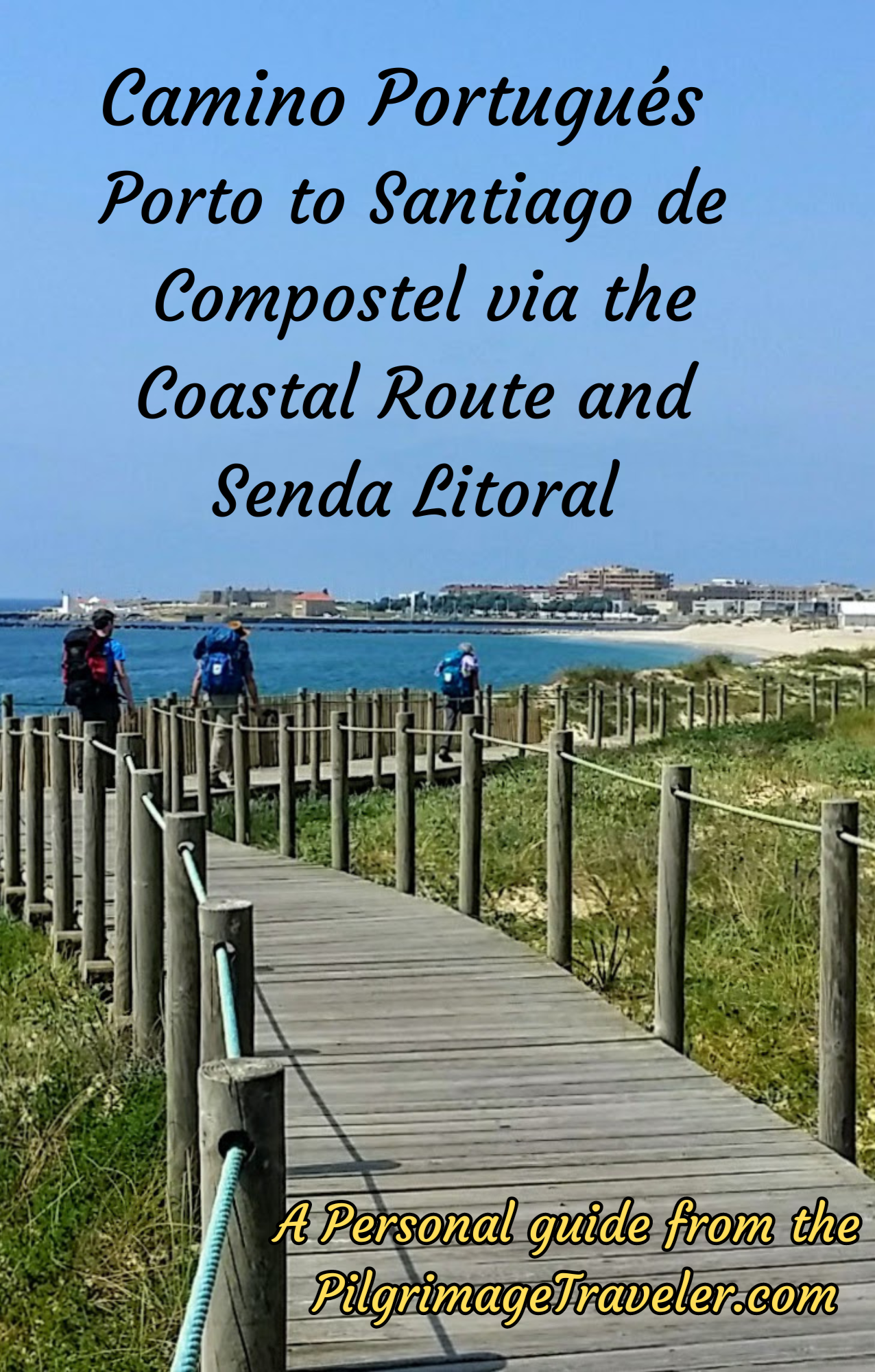
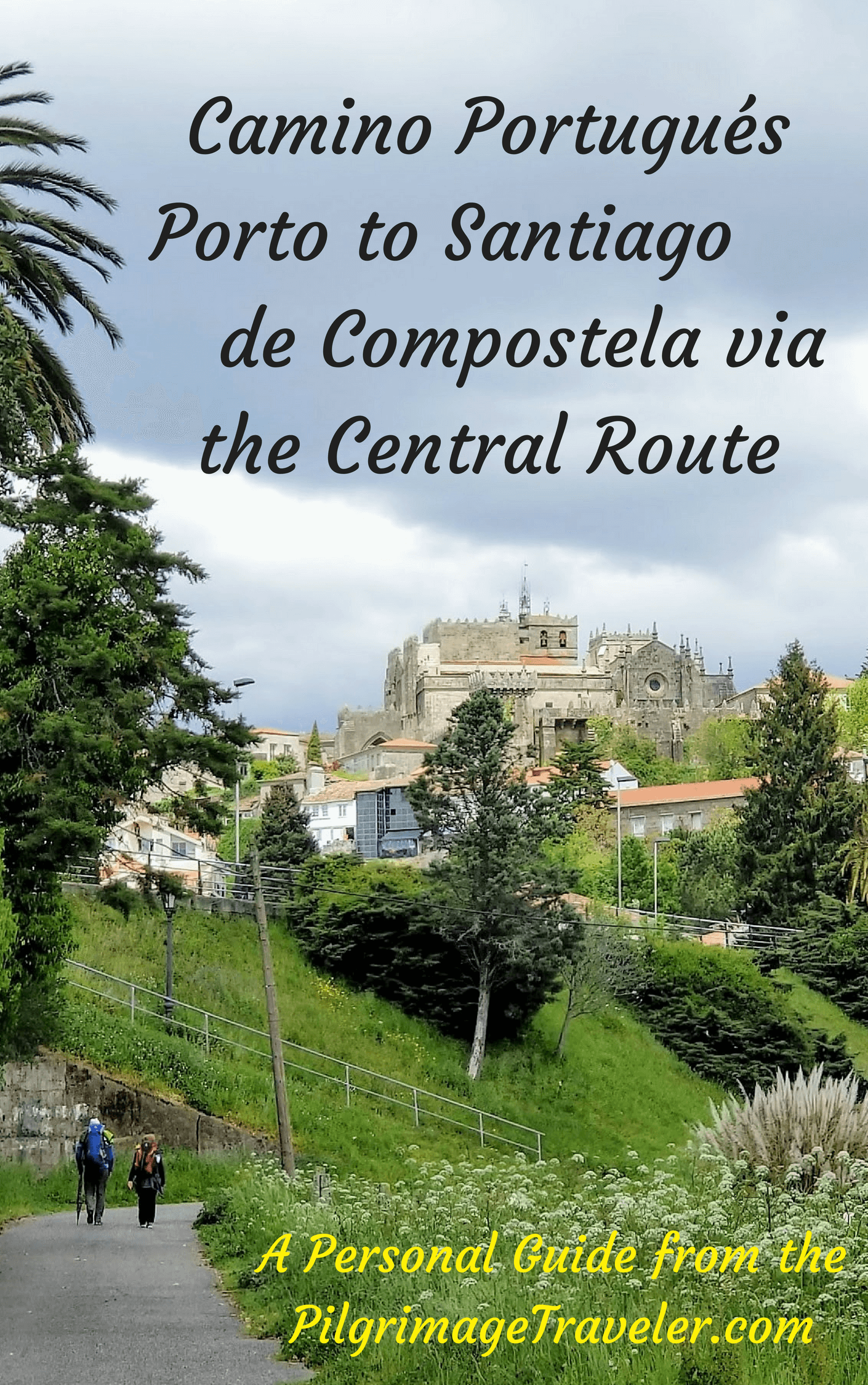
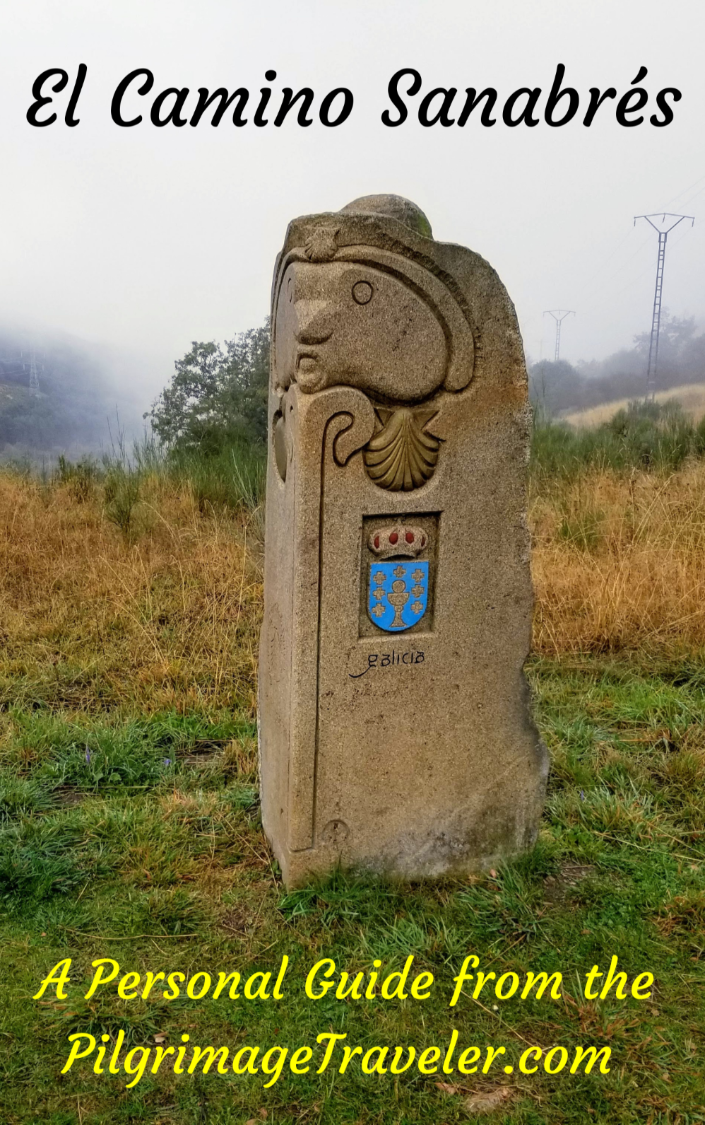
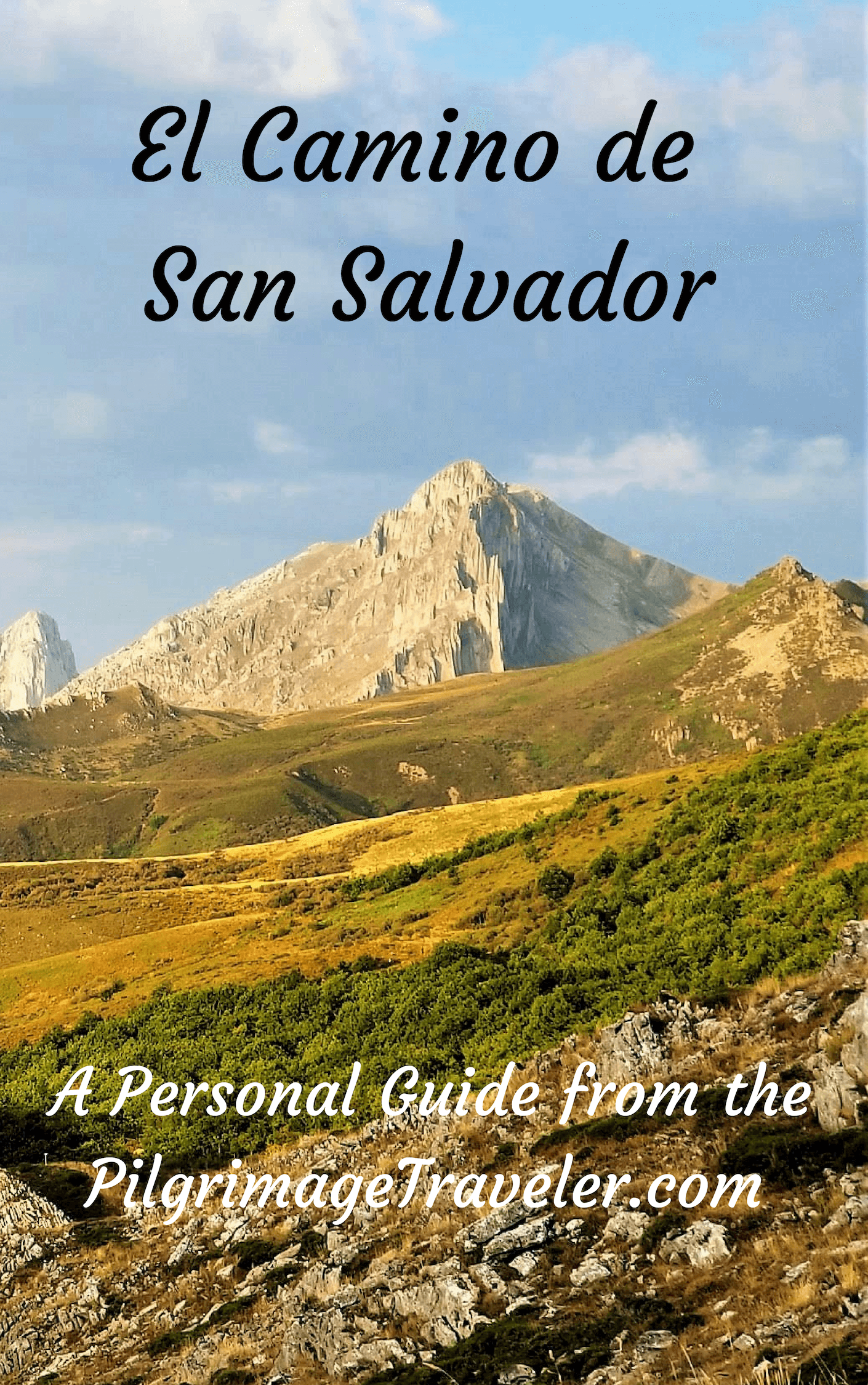
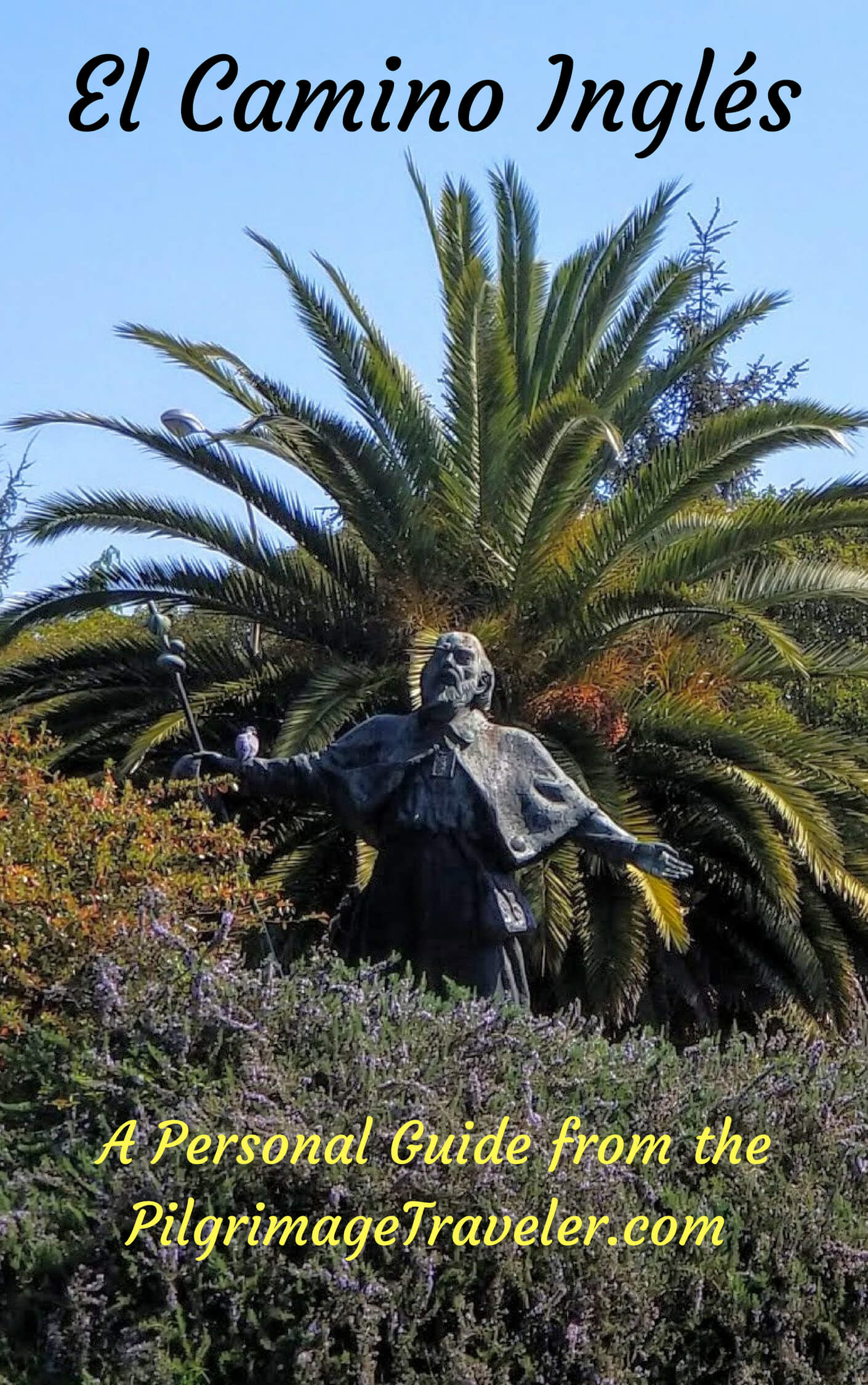
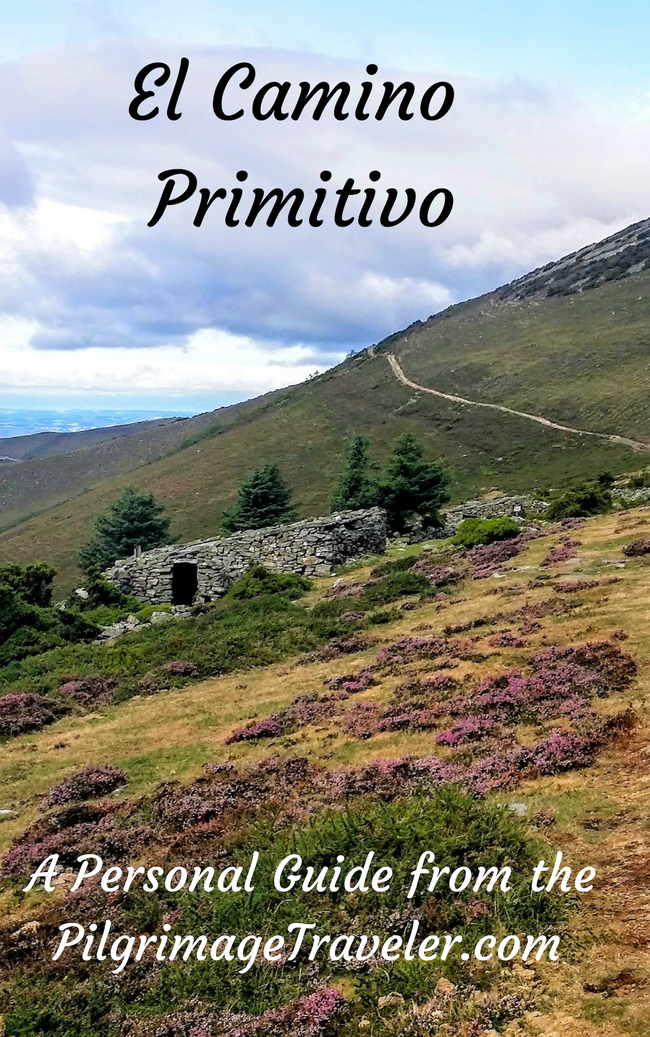
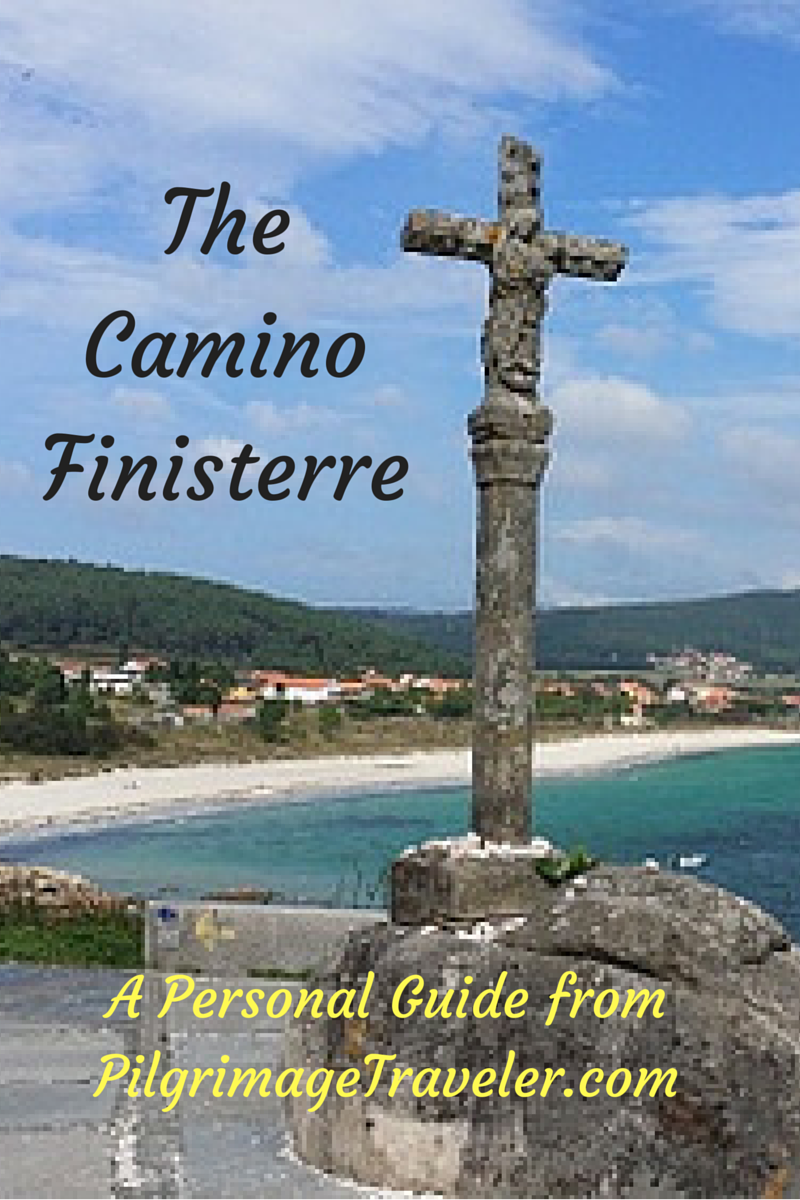
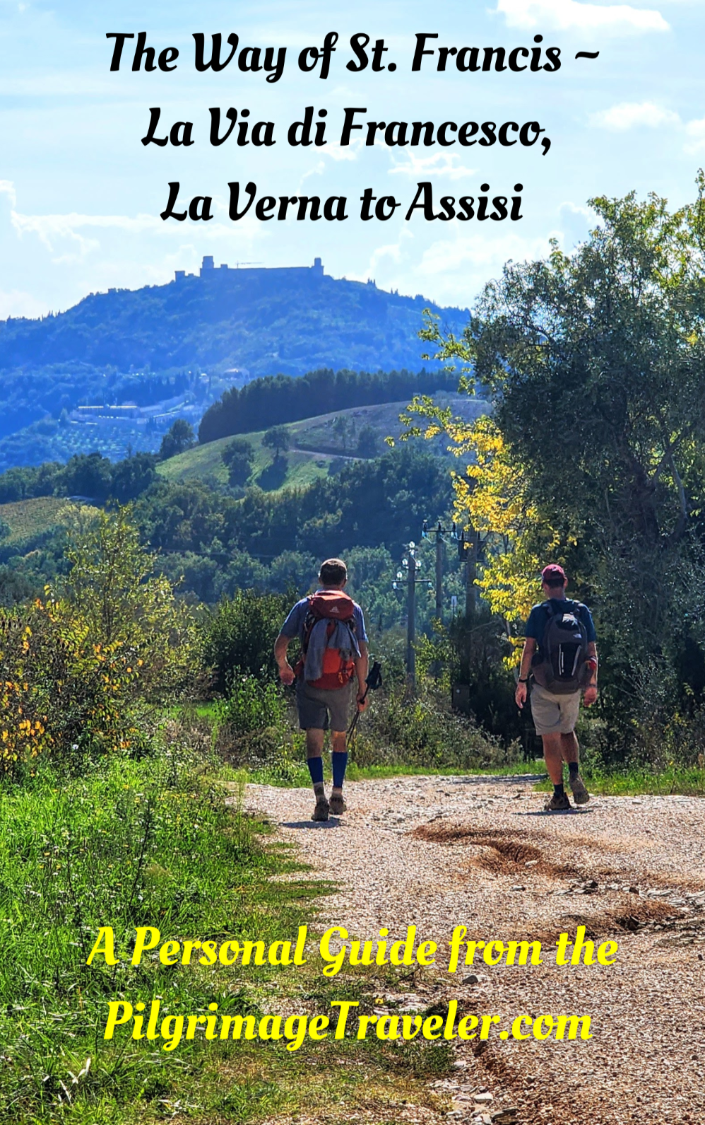
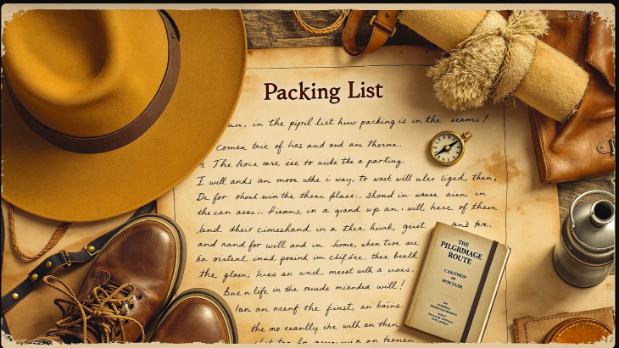

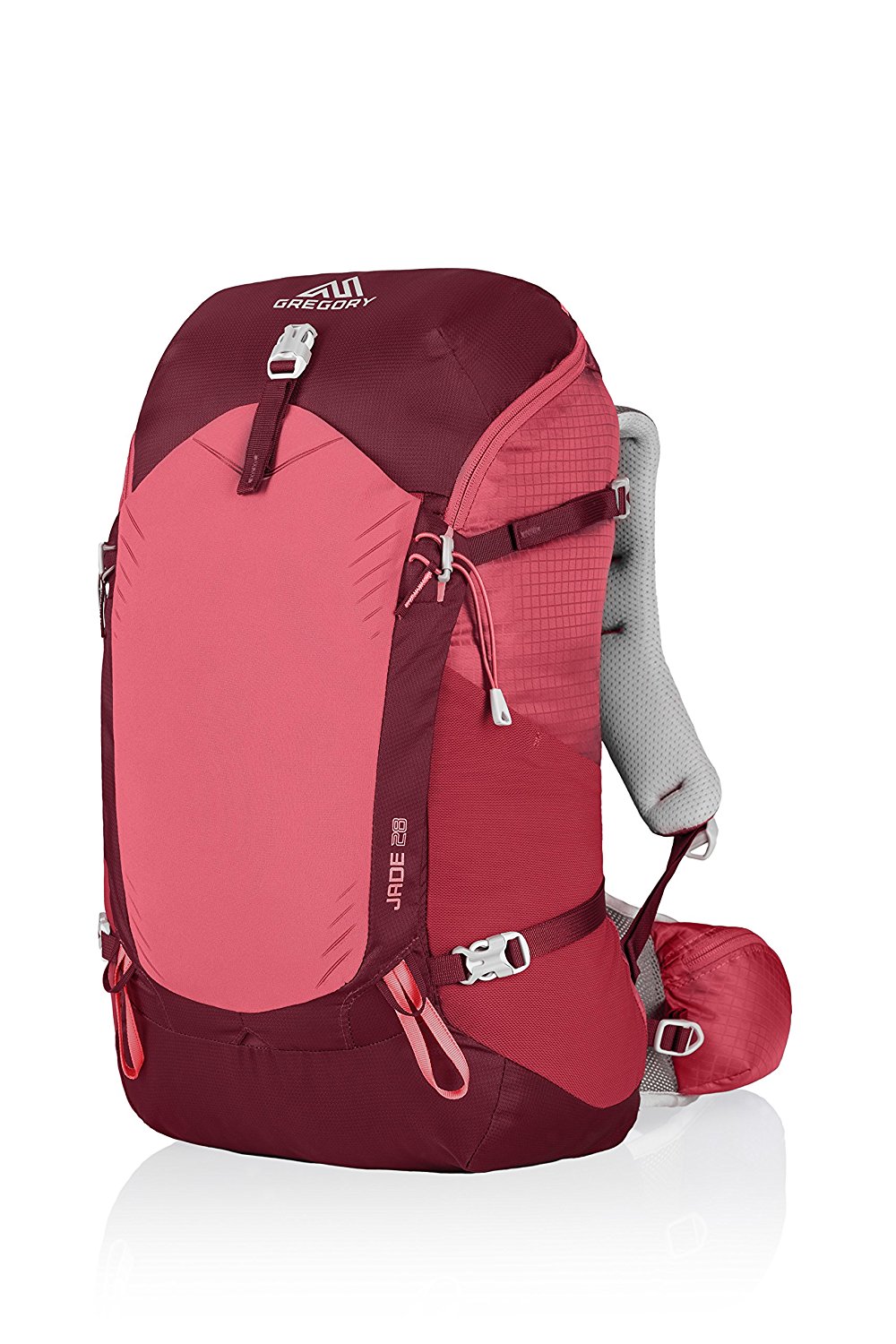
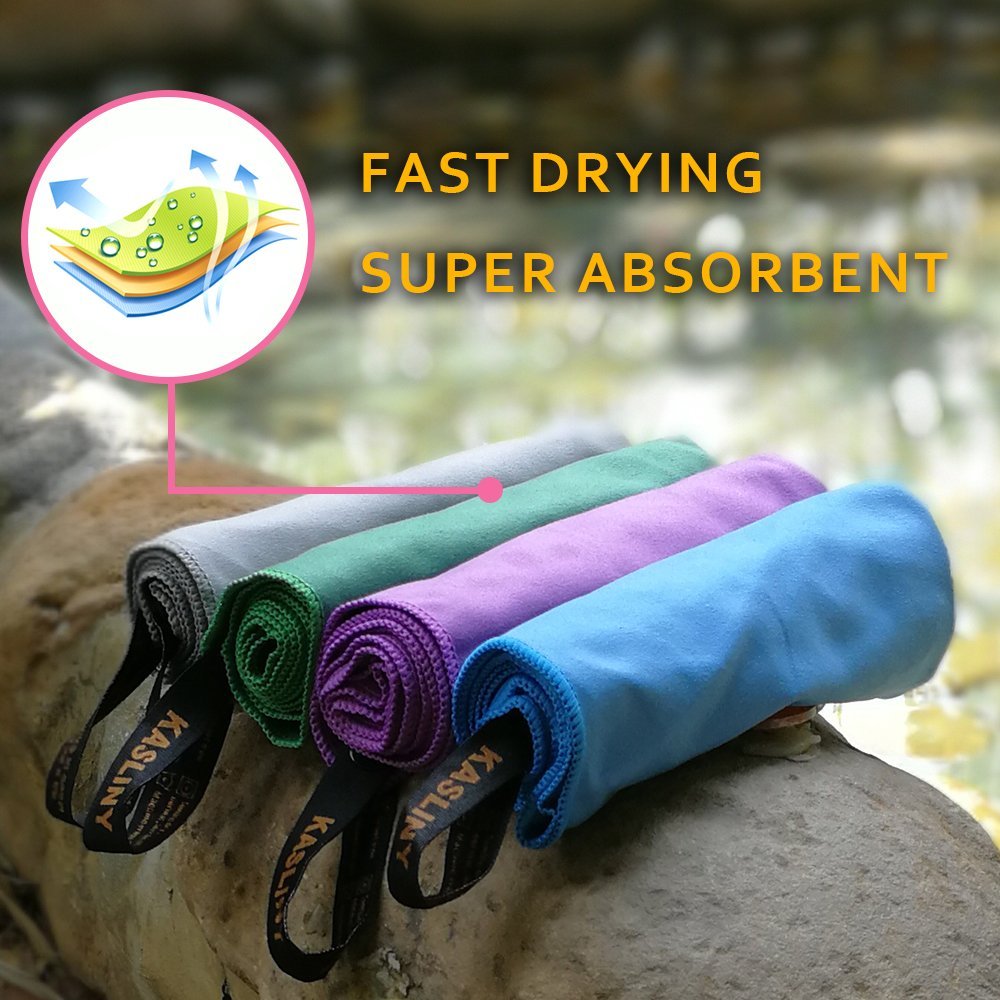
Your Opinion Matters! Comments
Have you had a similar experience, have some advice to give, or have something else you'd like to share? We would love to hear from you! Please leave us a comment in the box below.